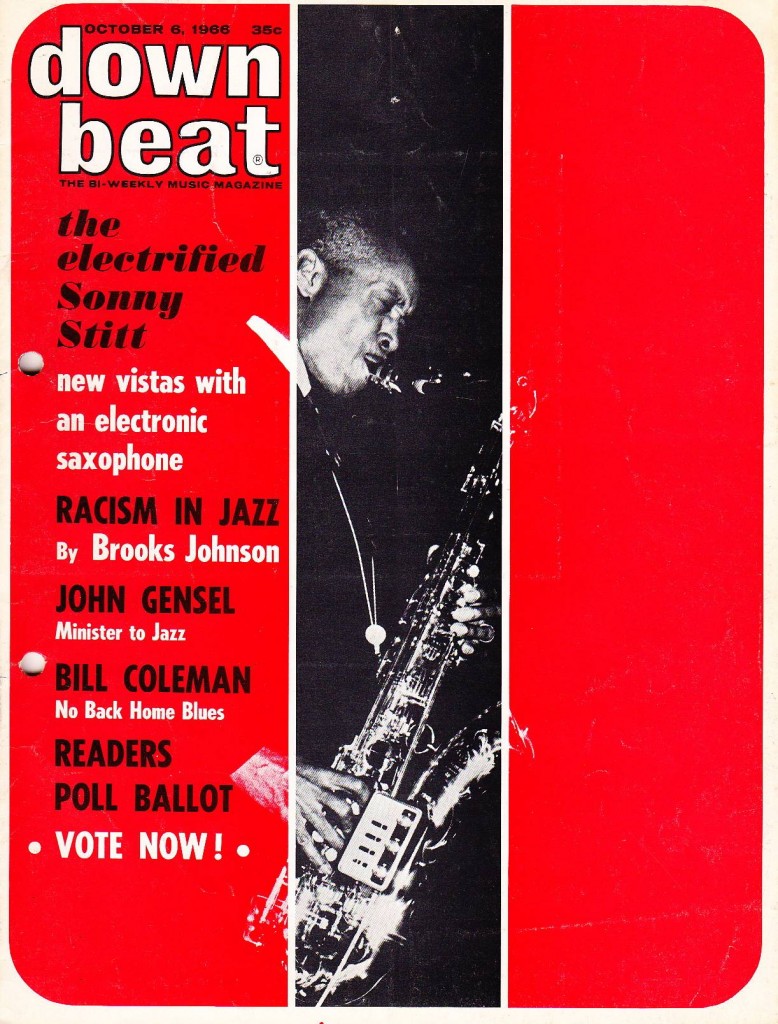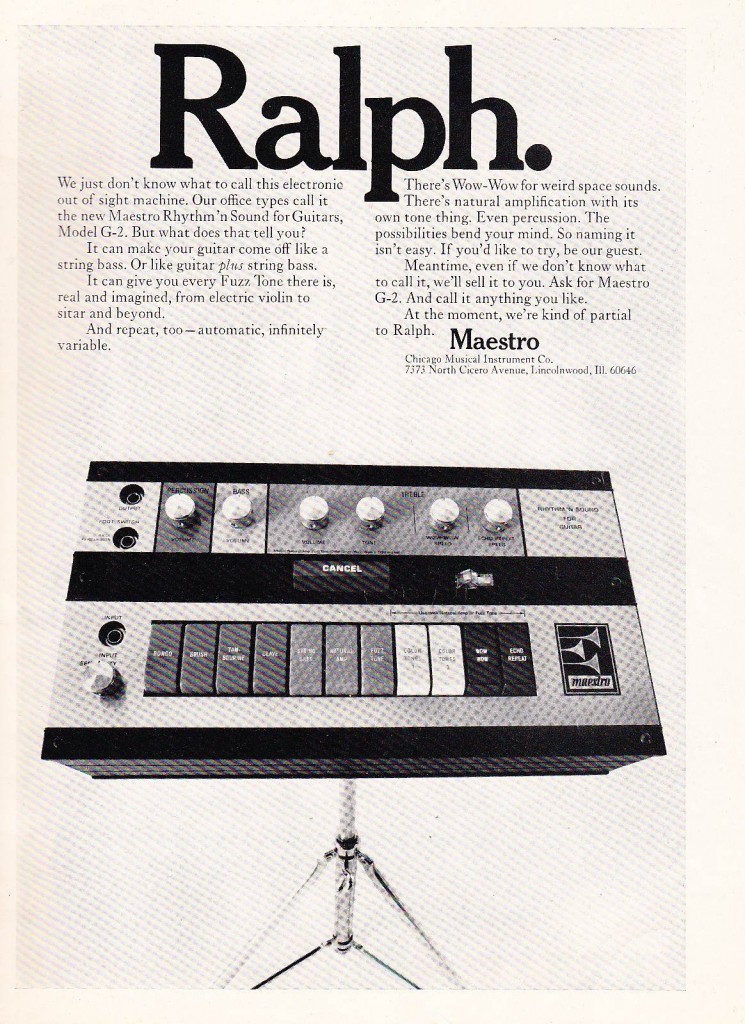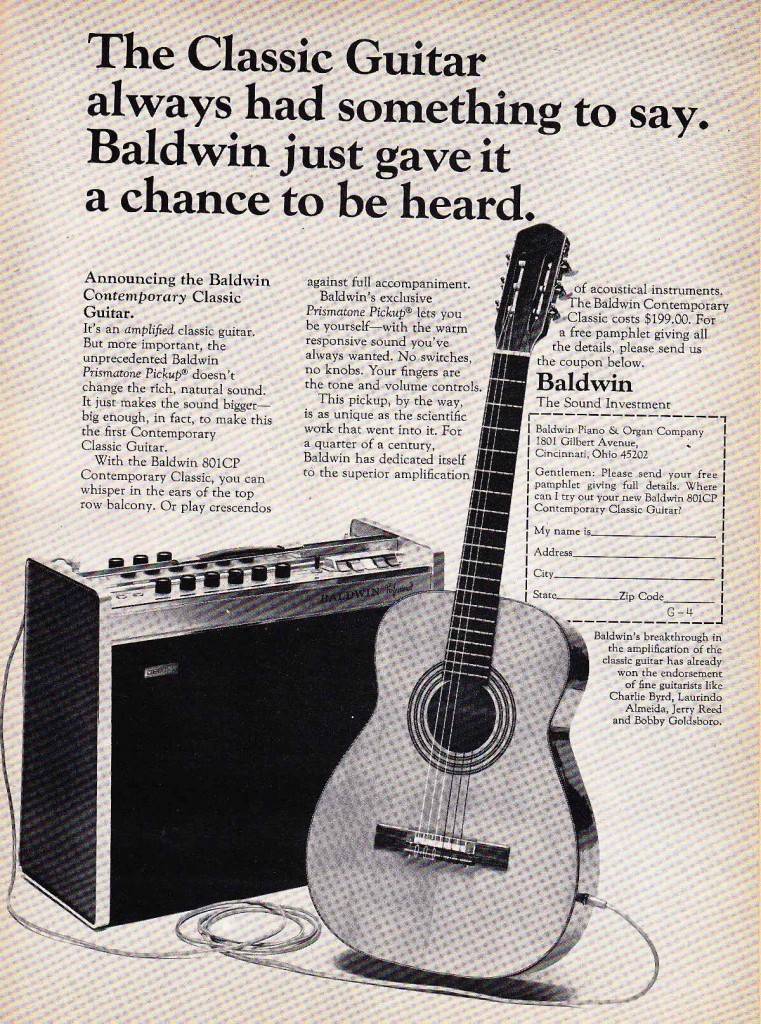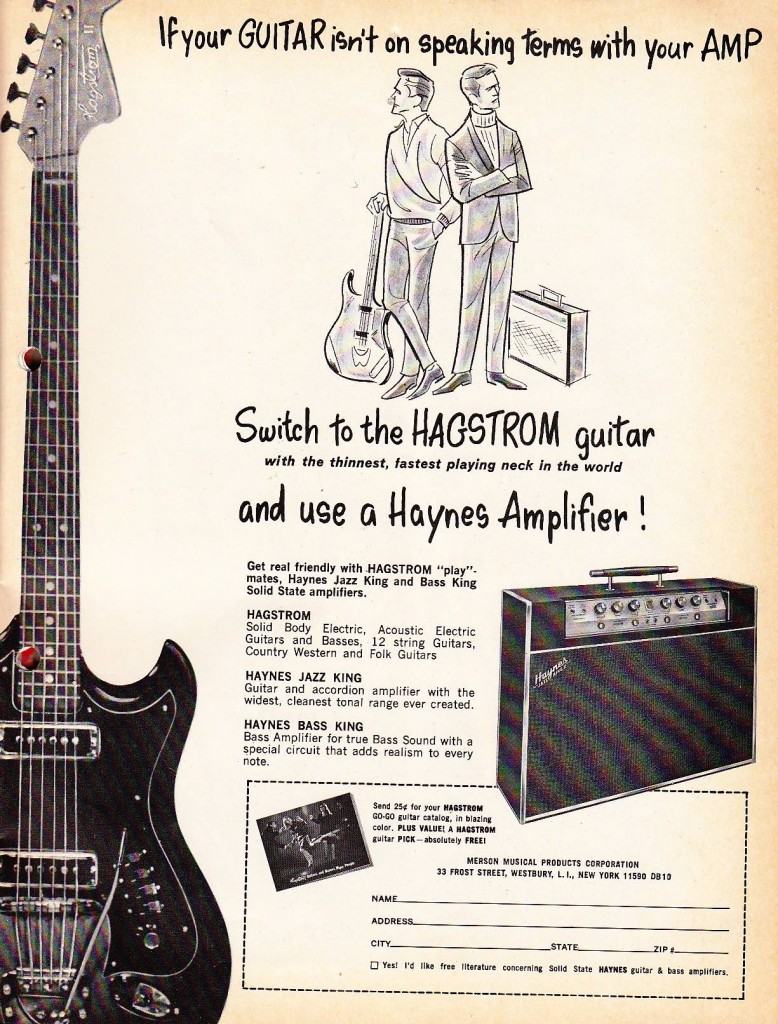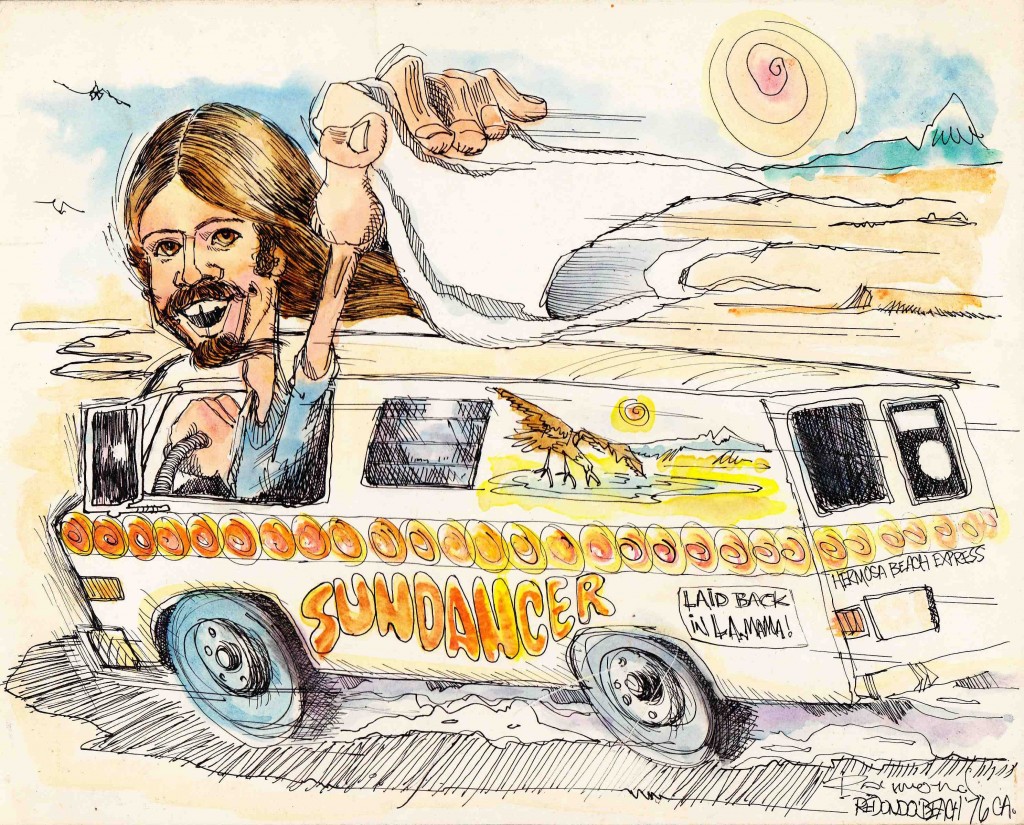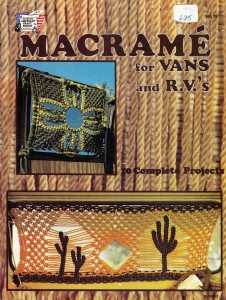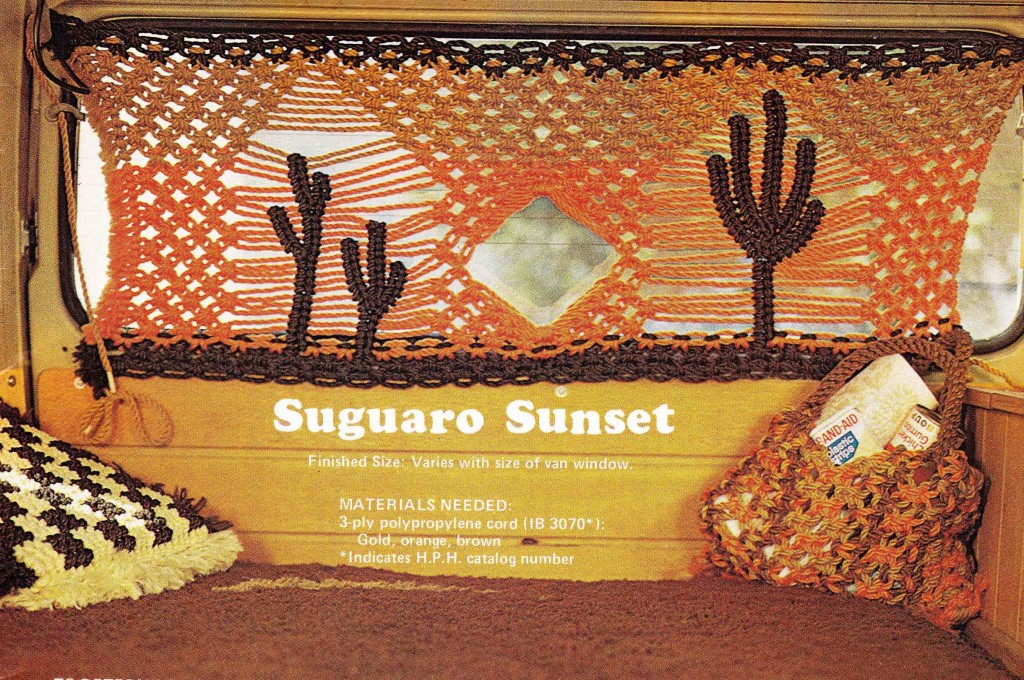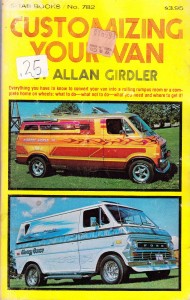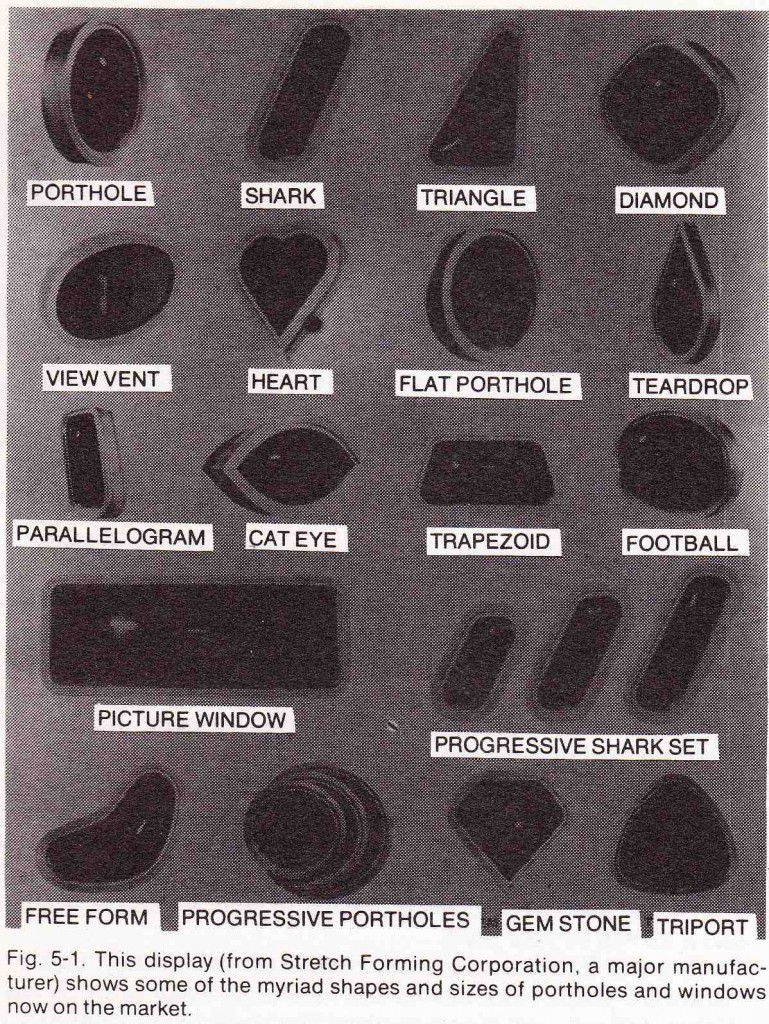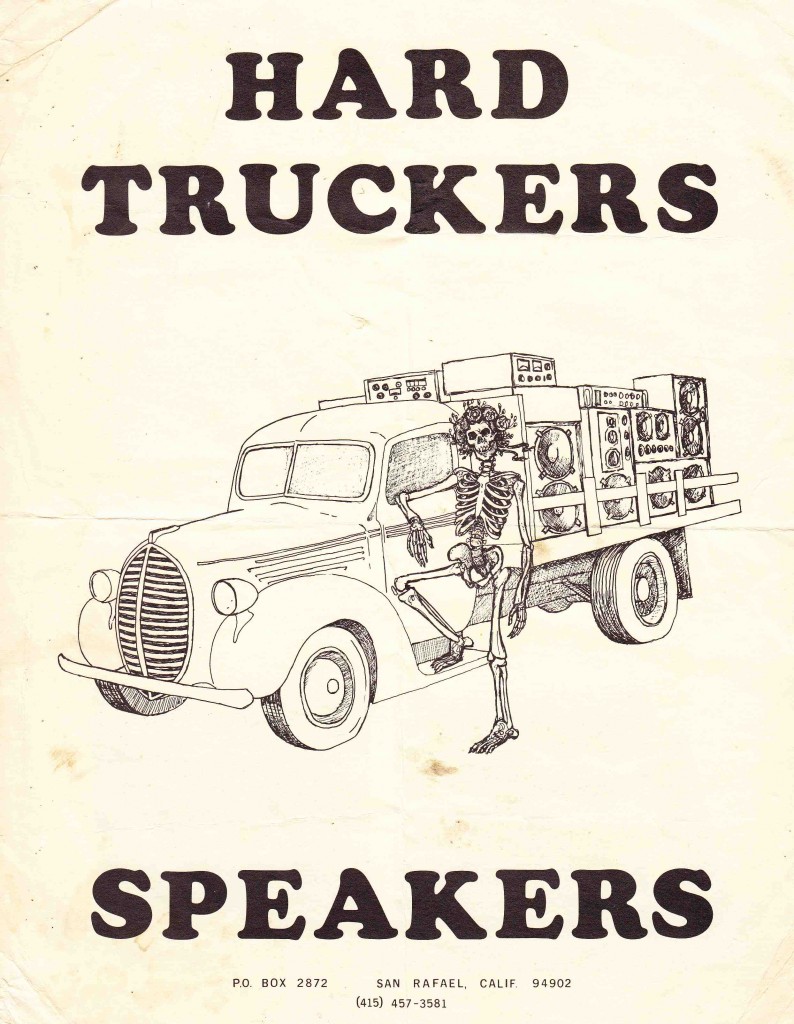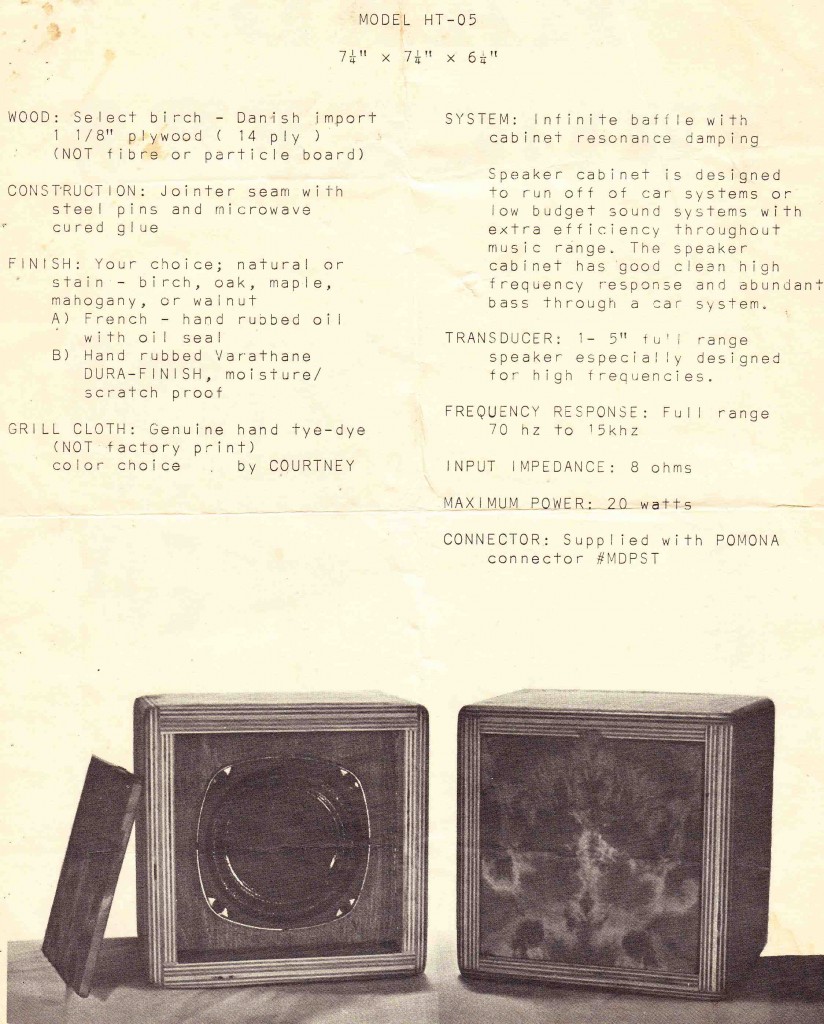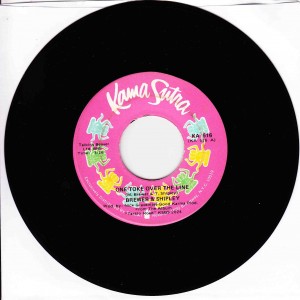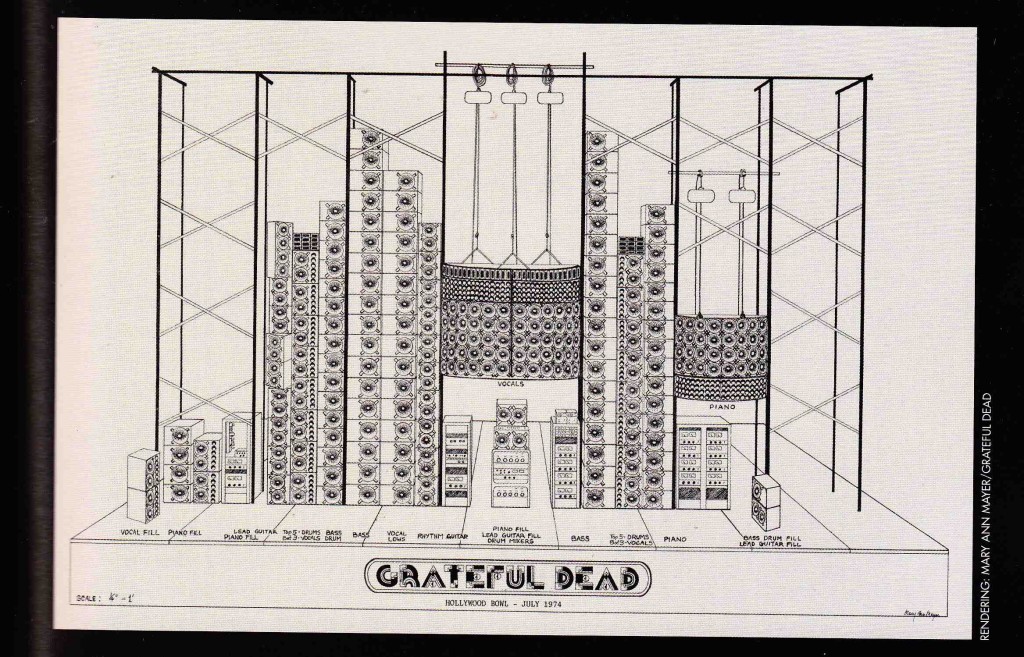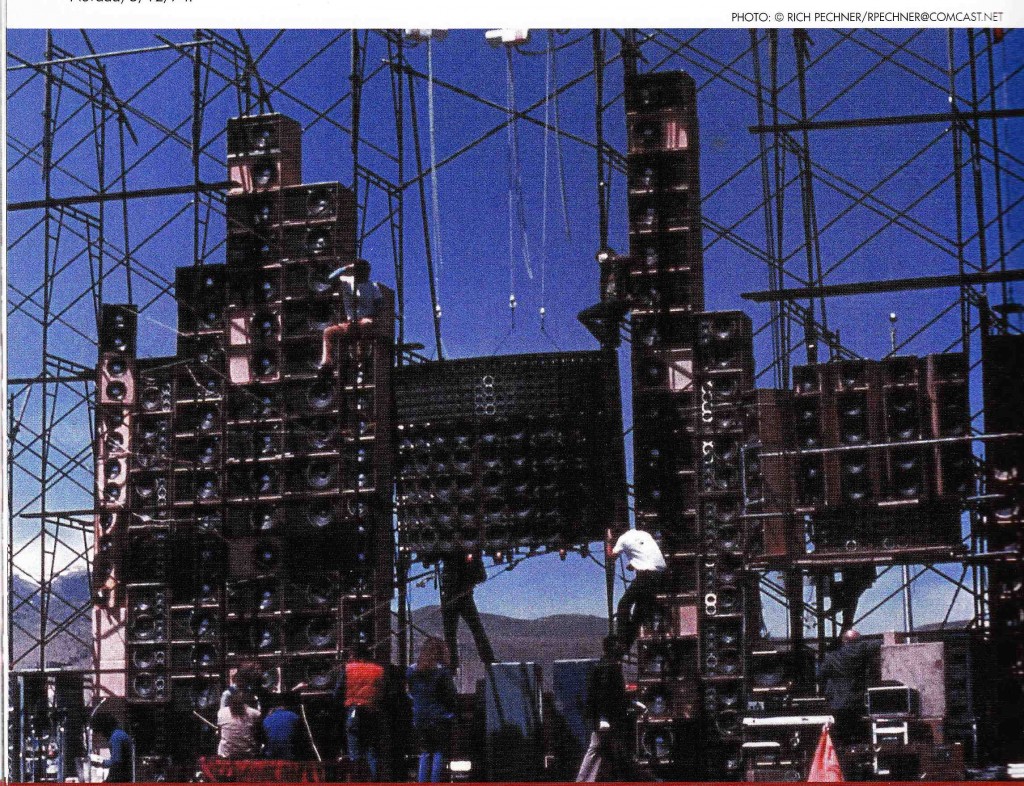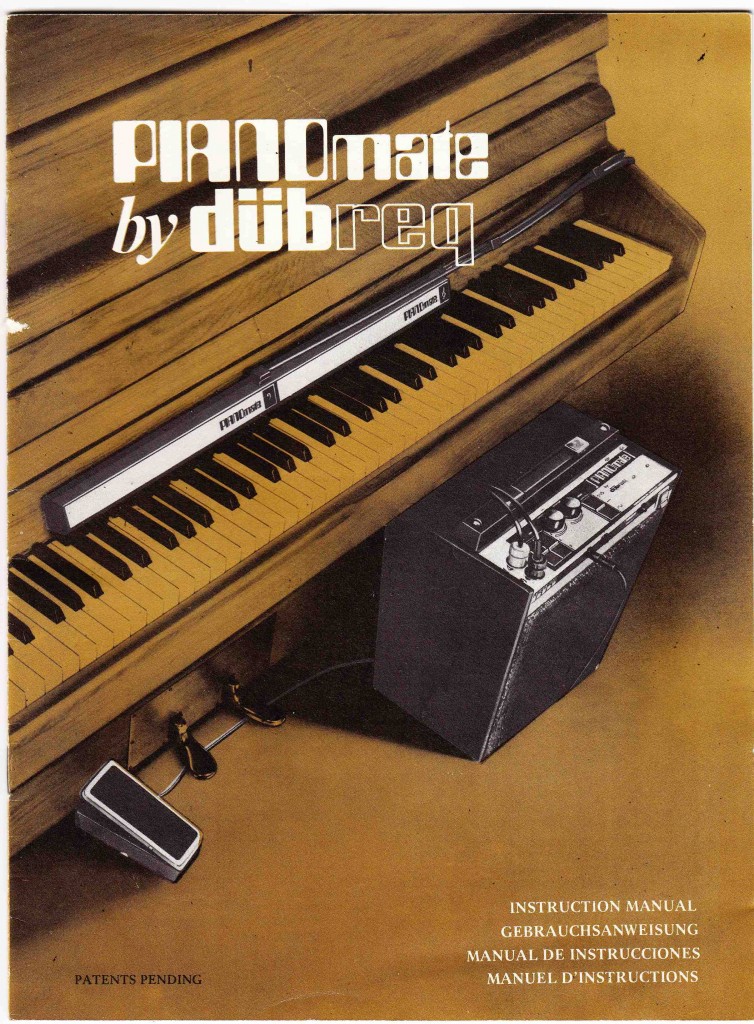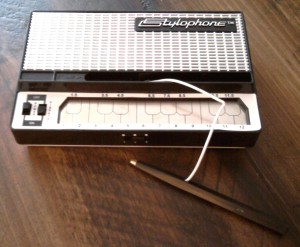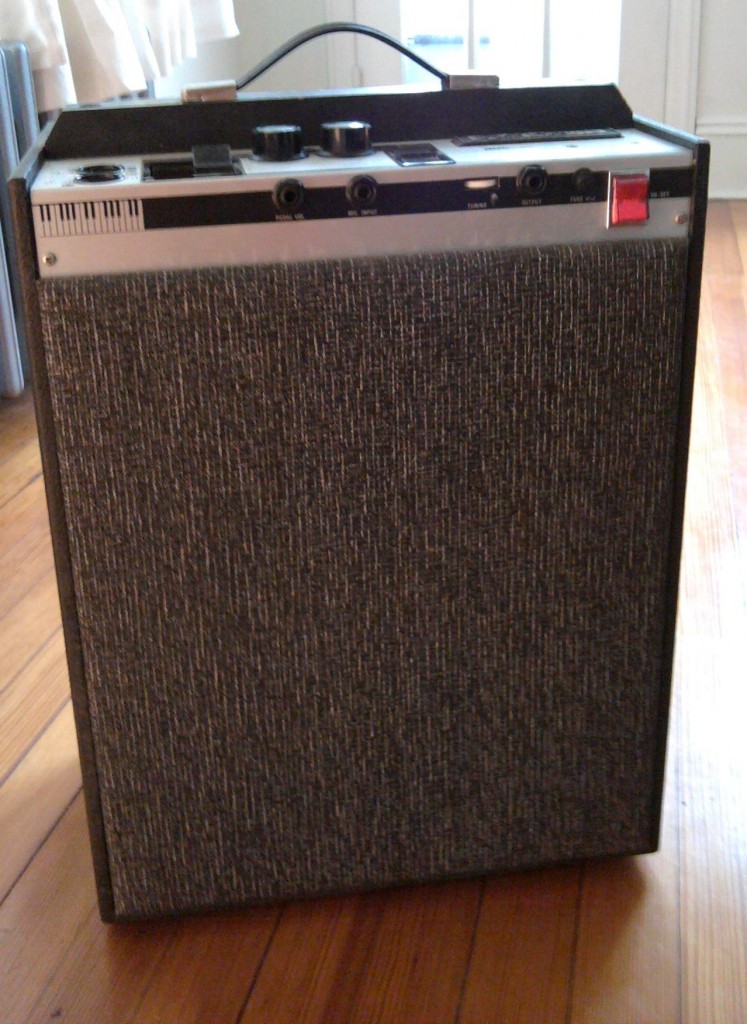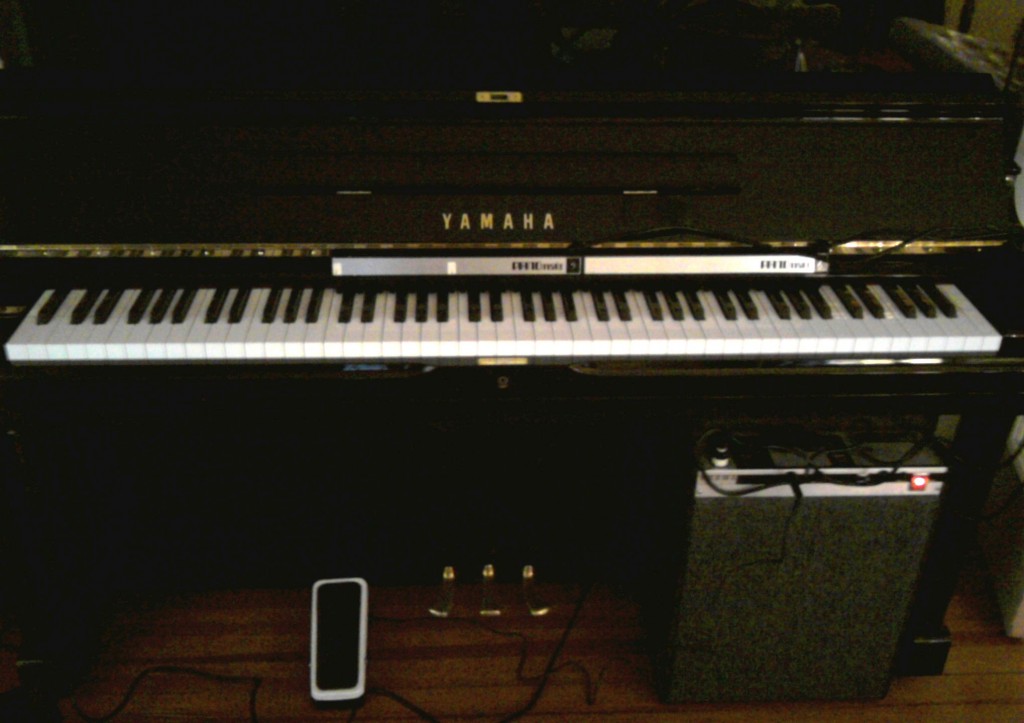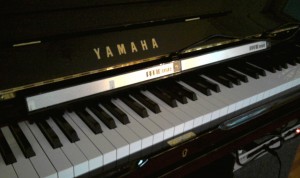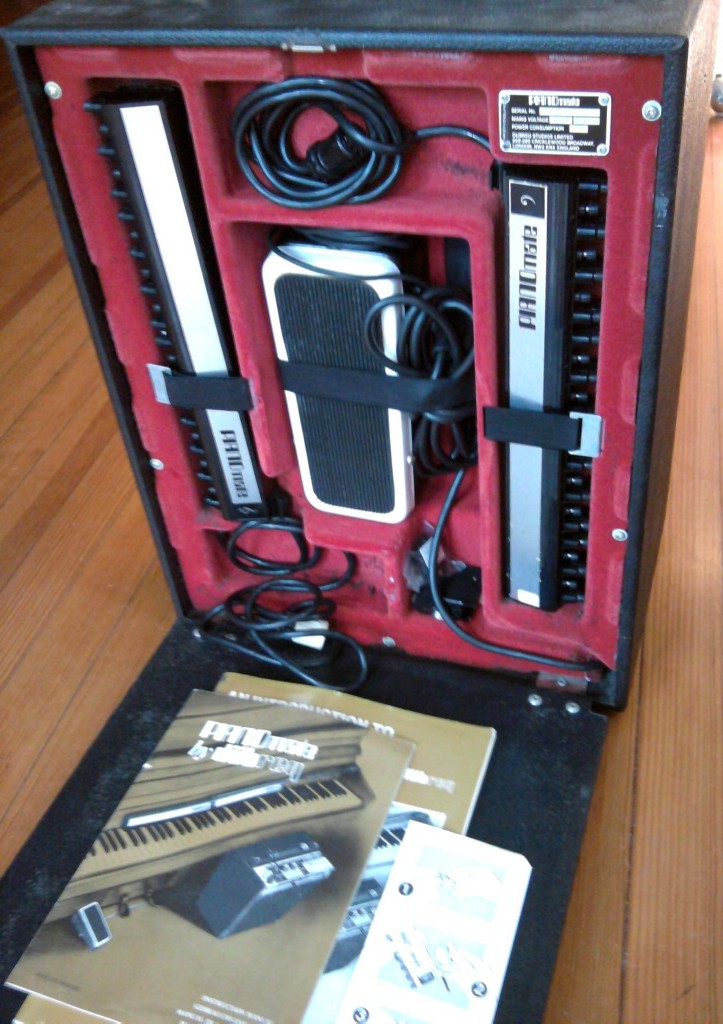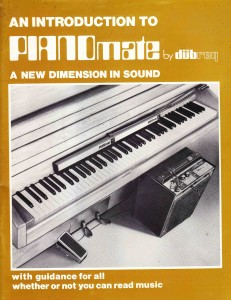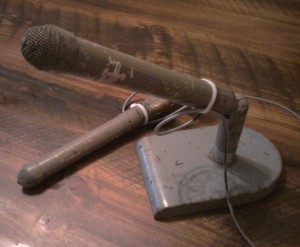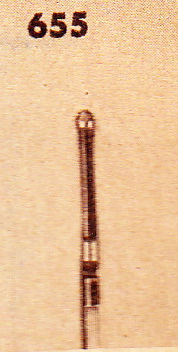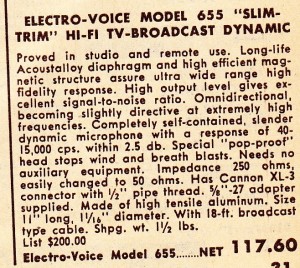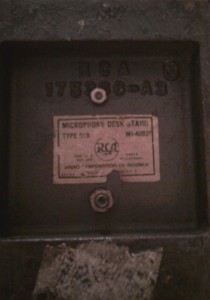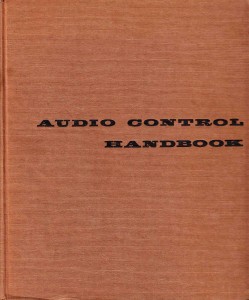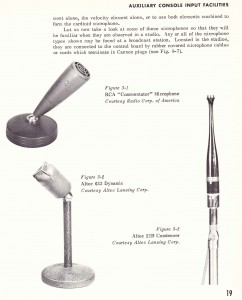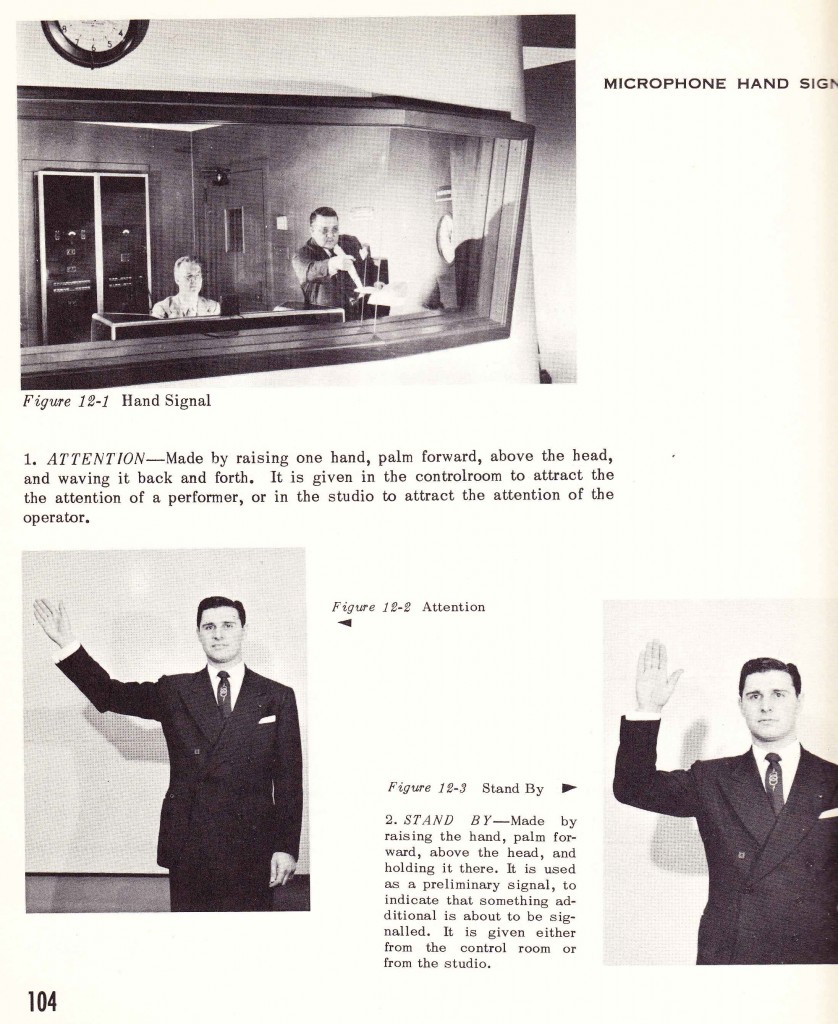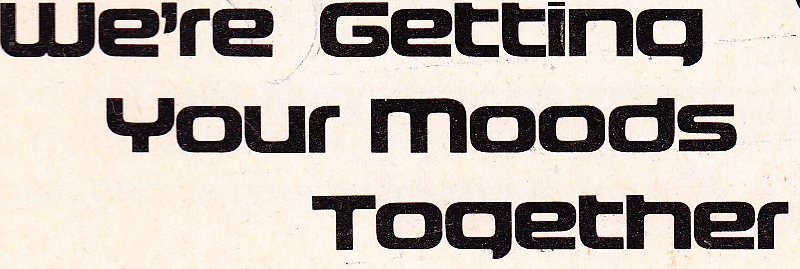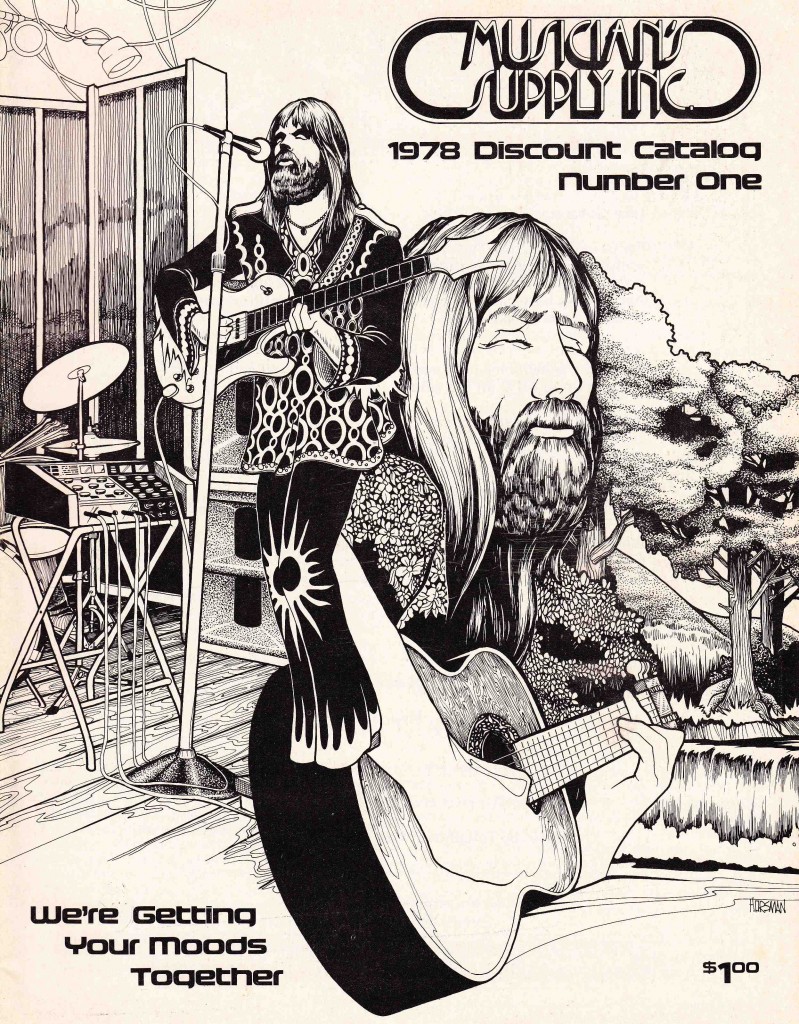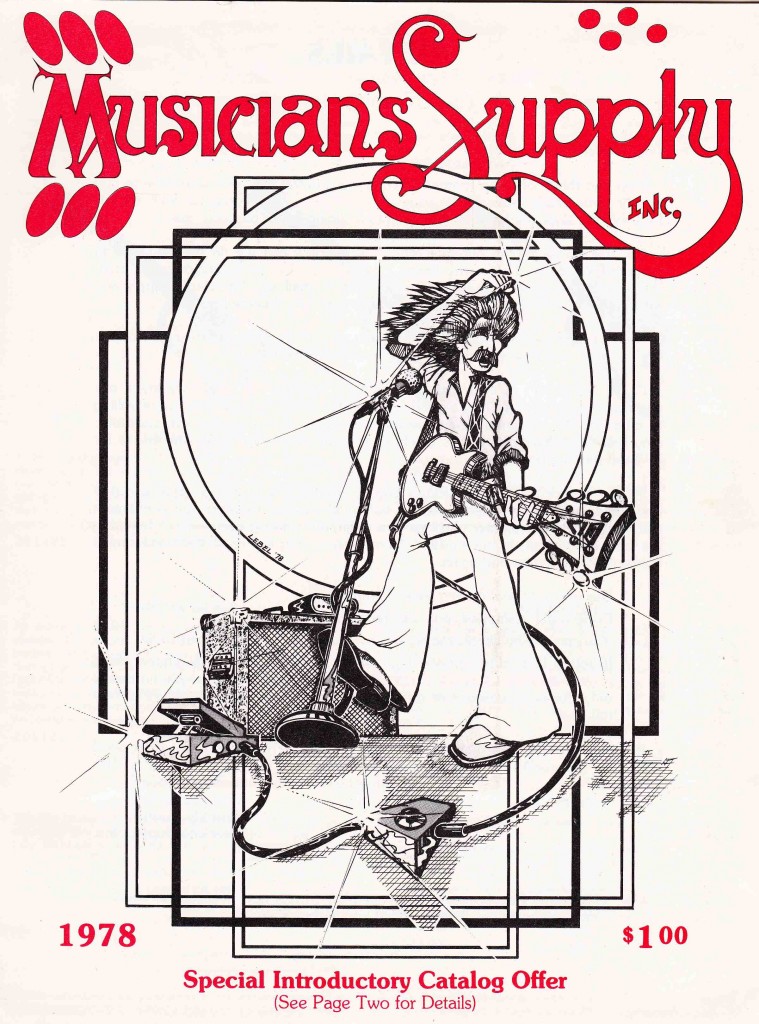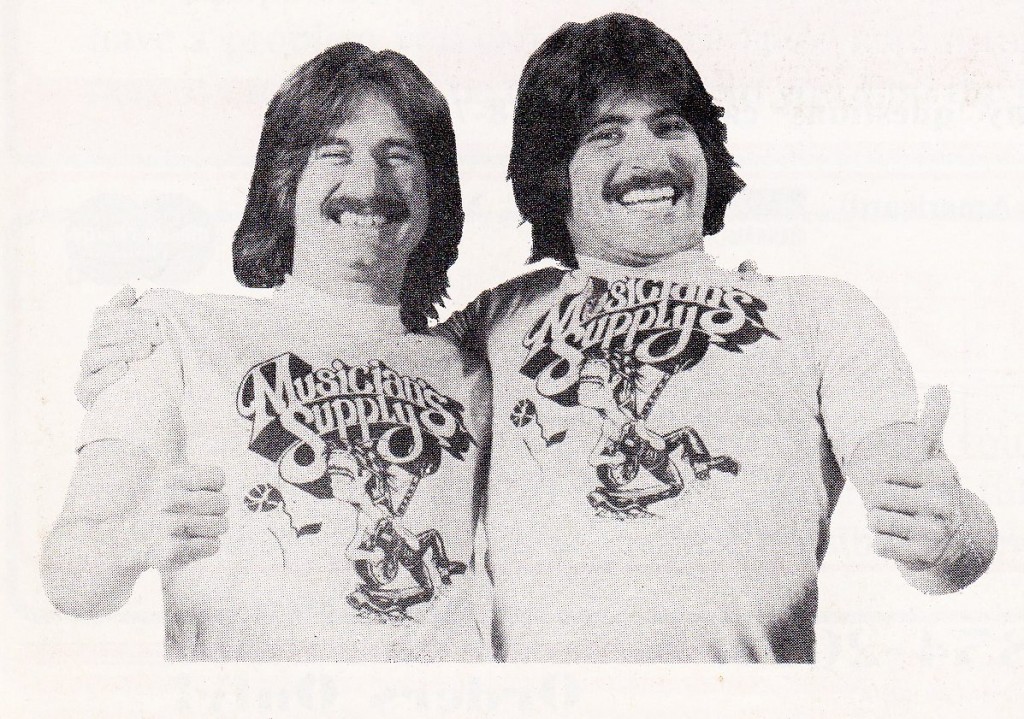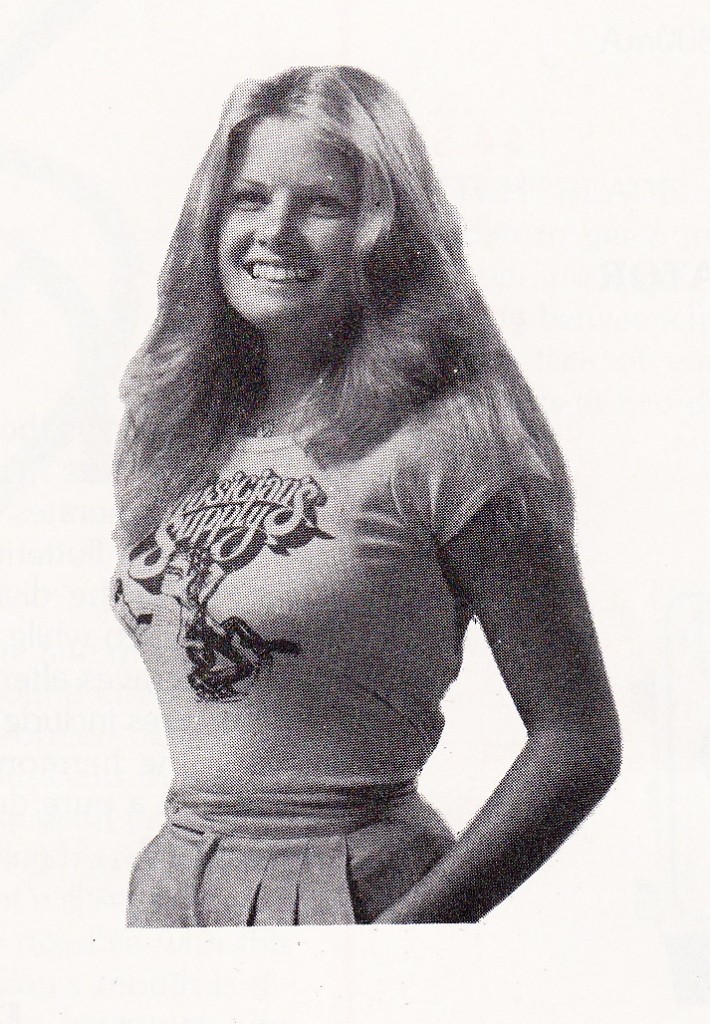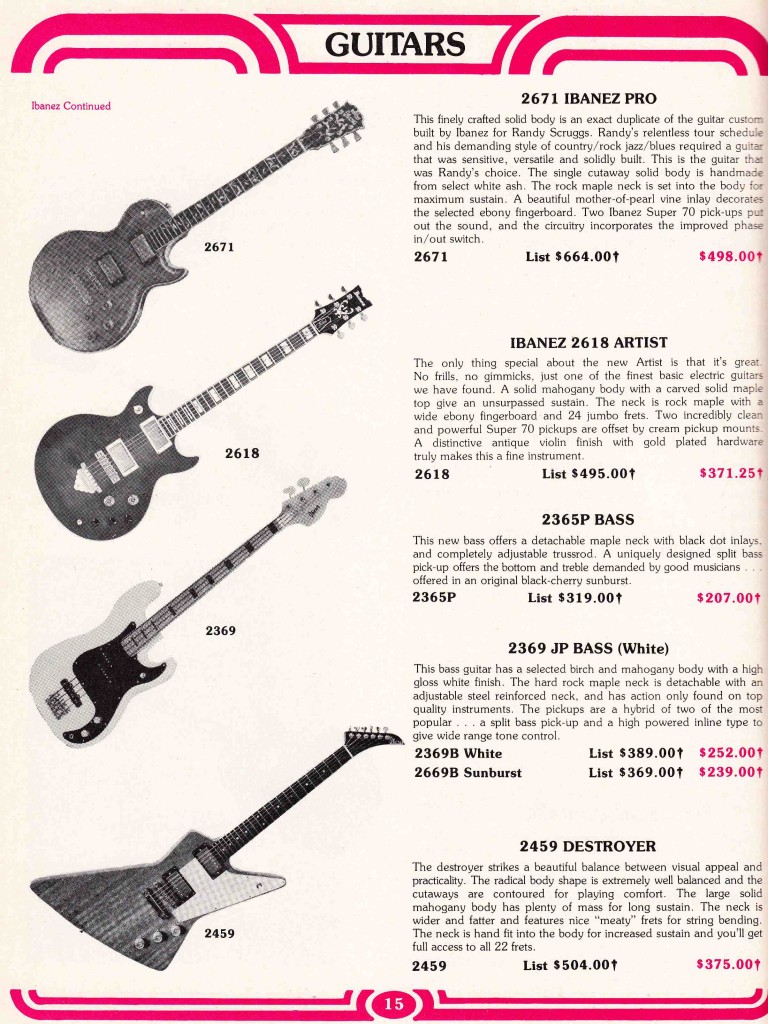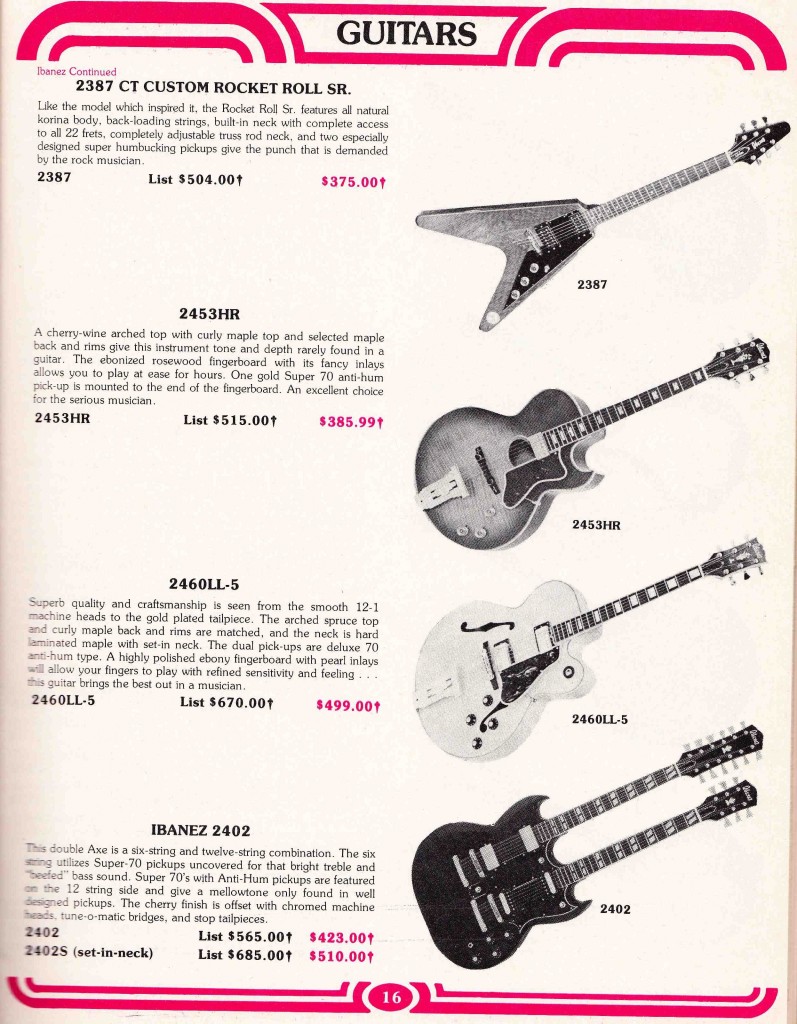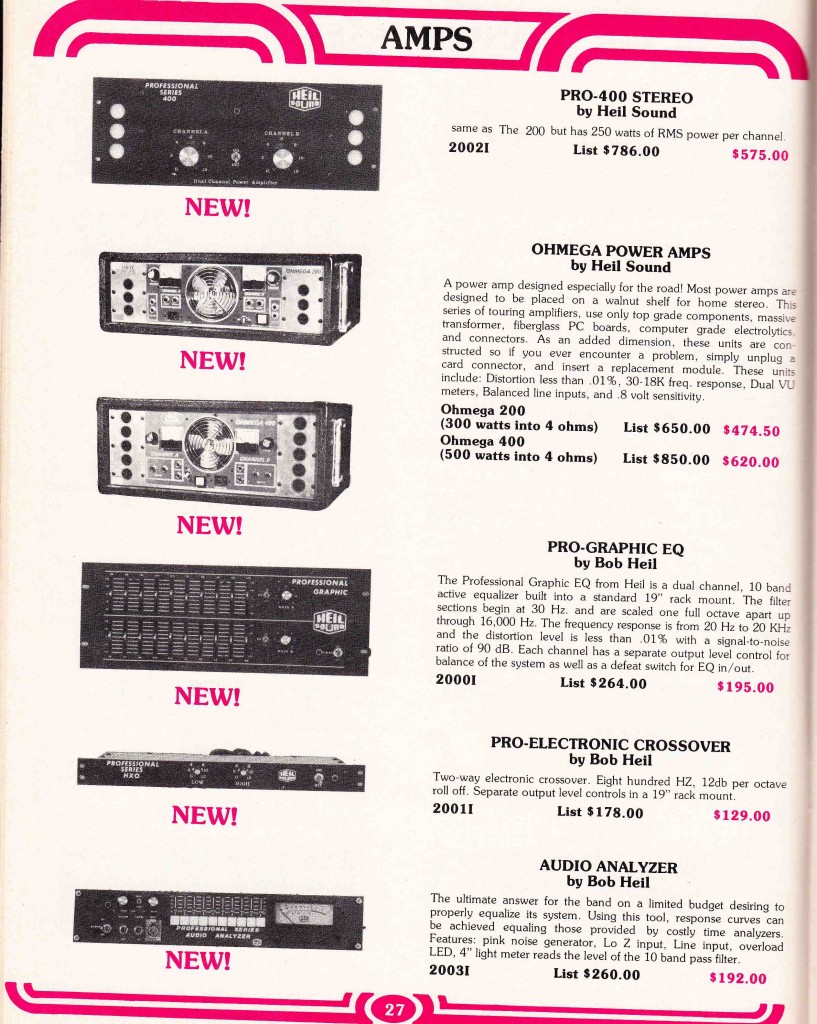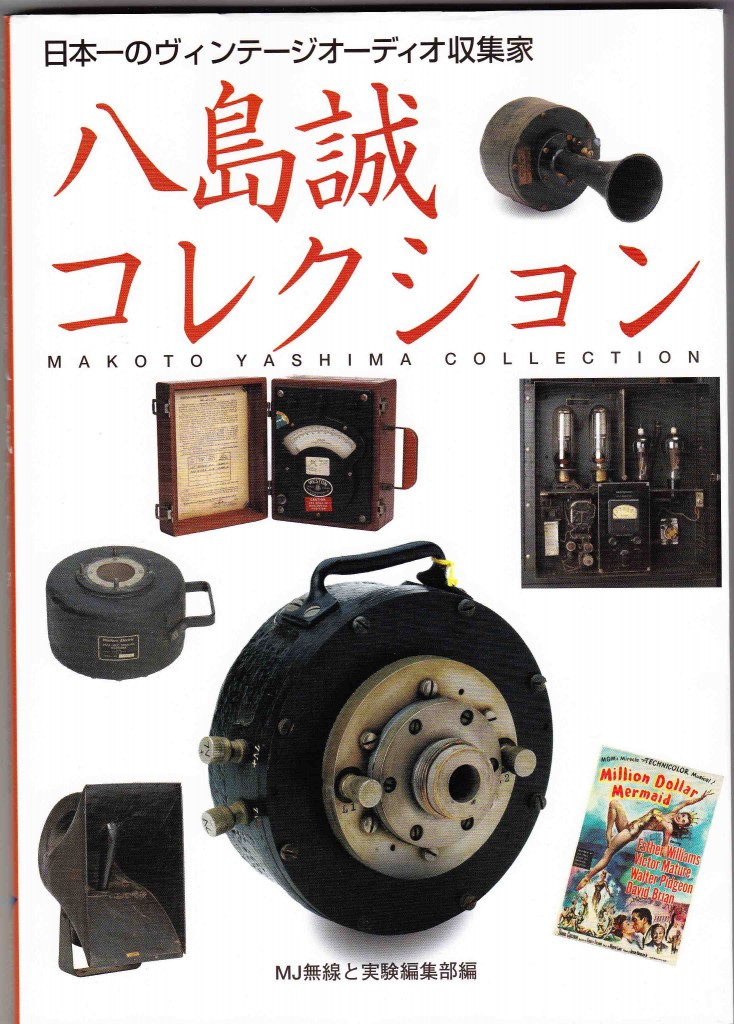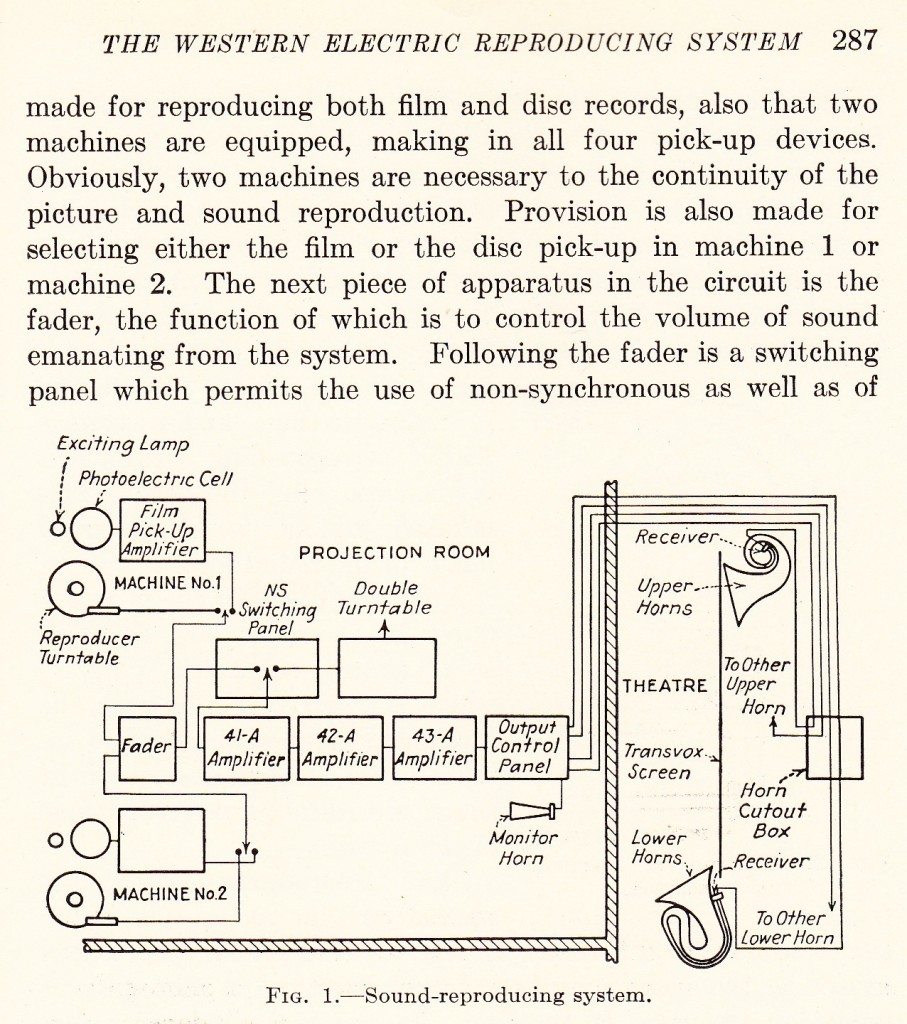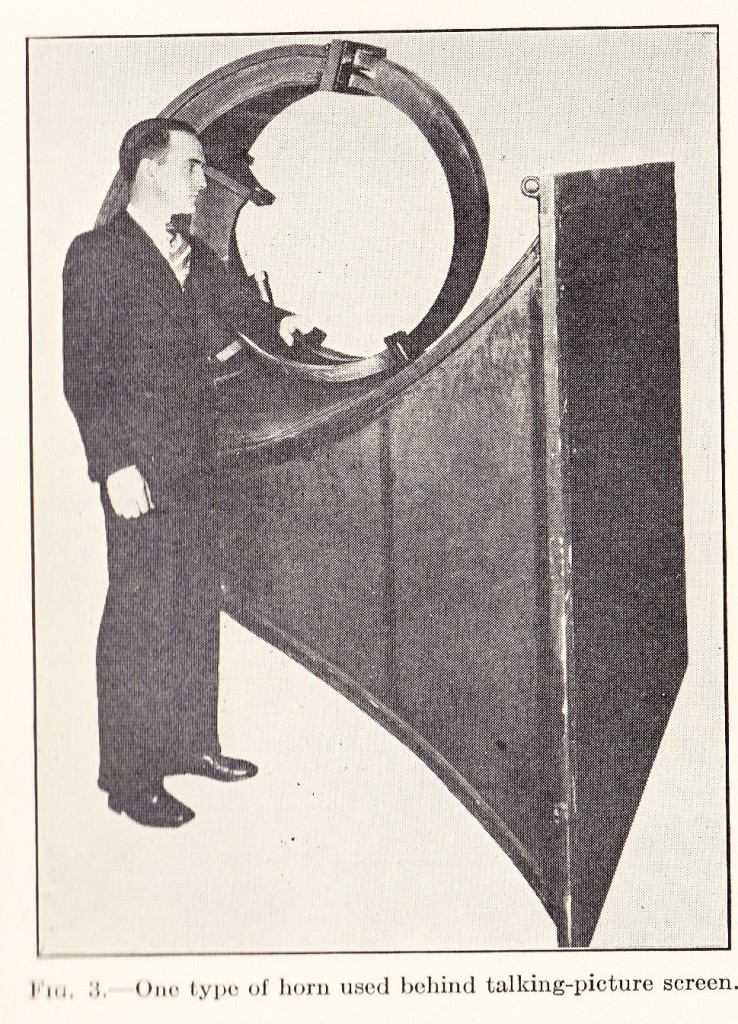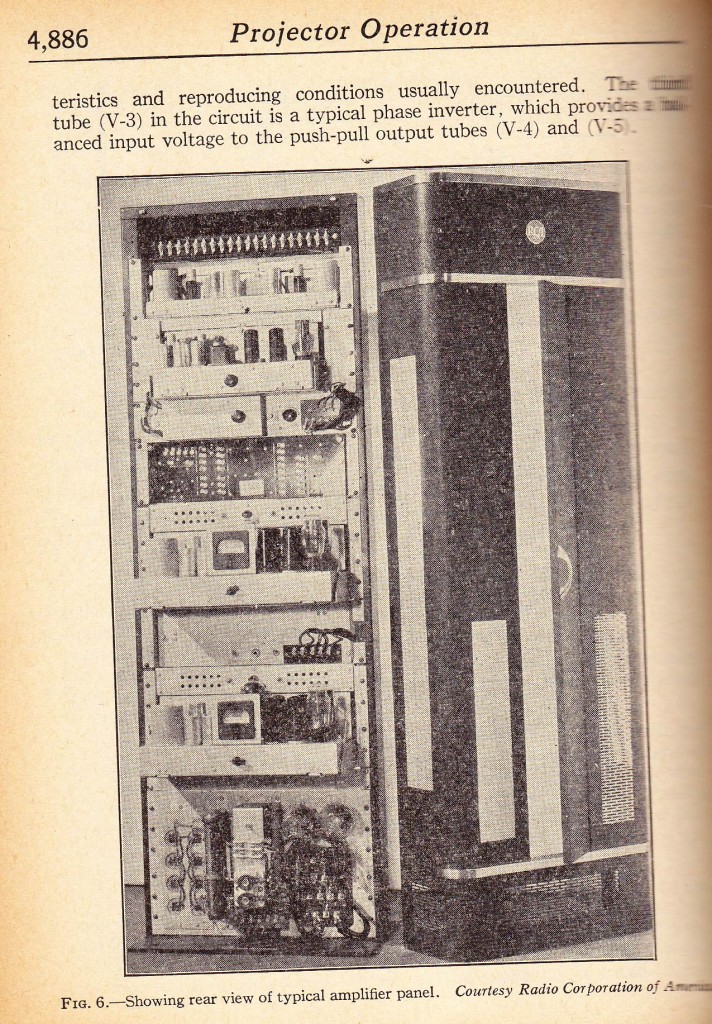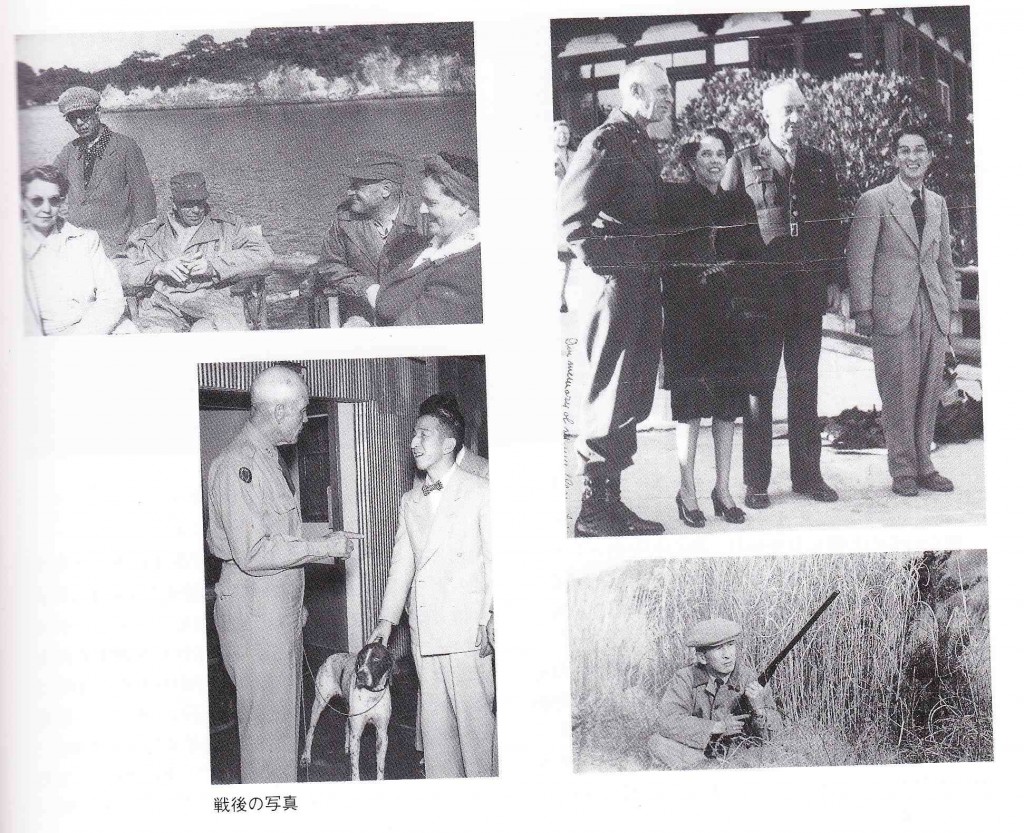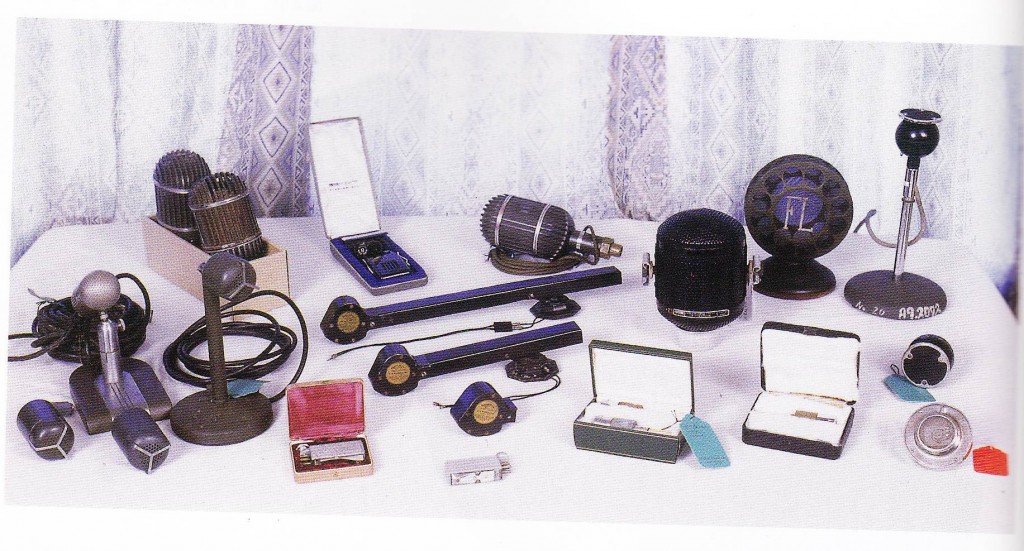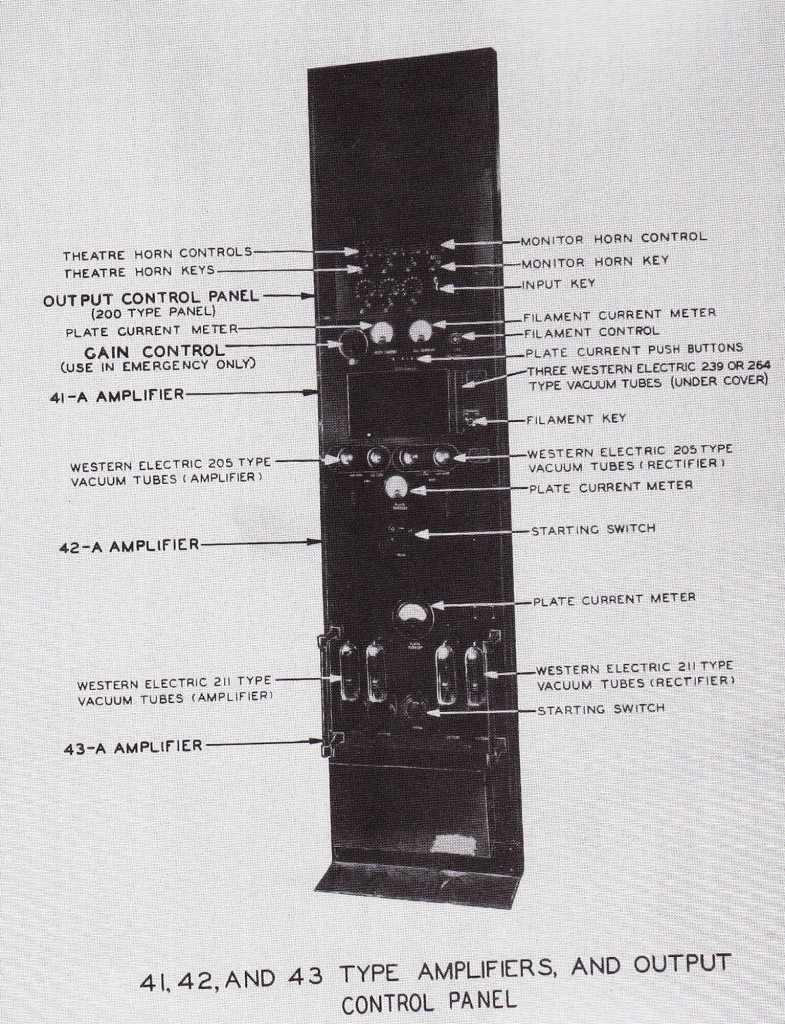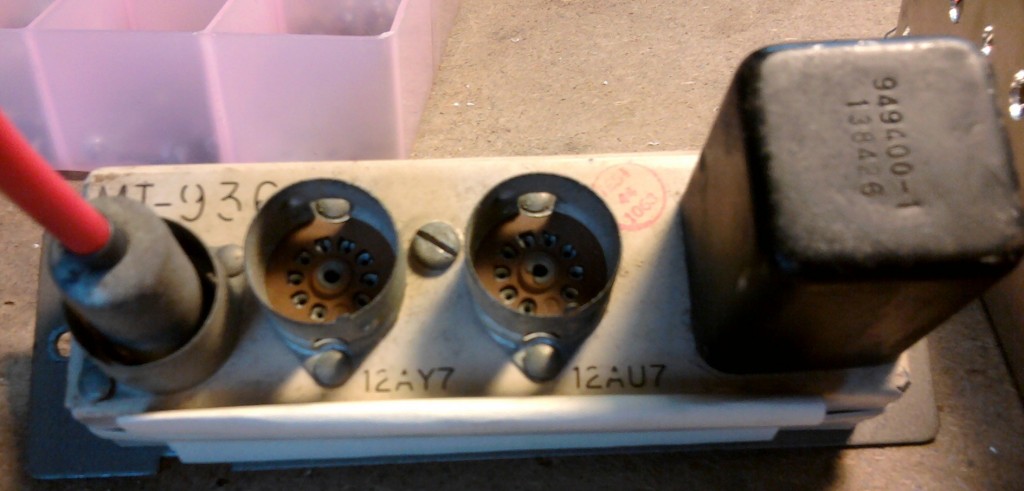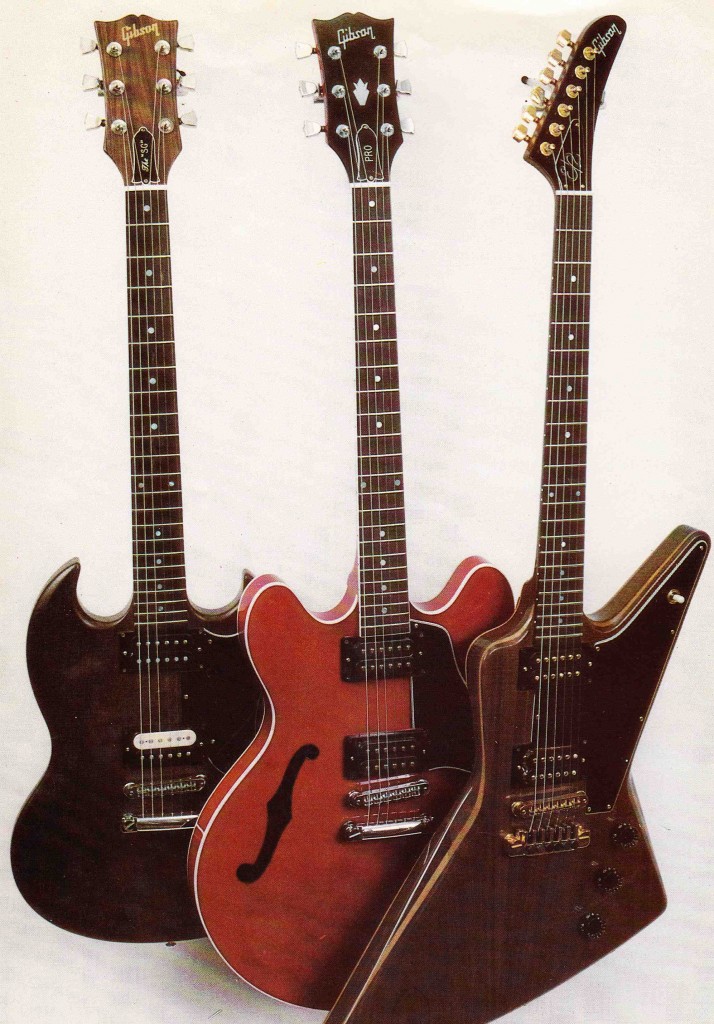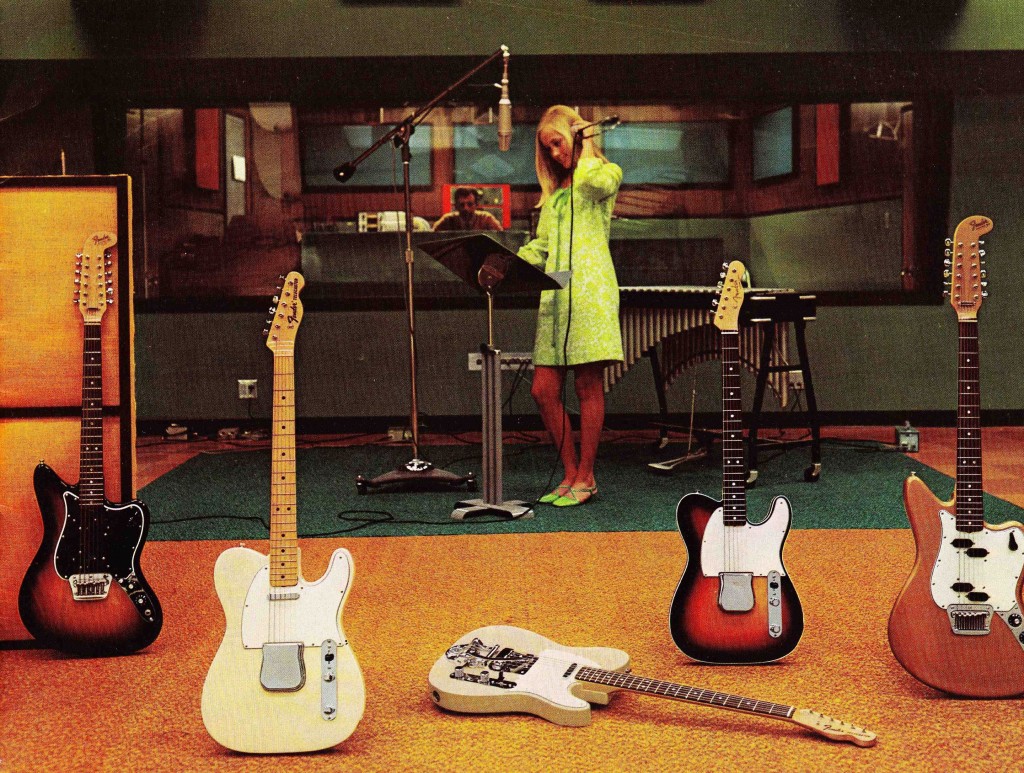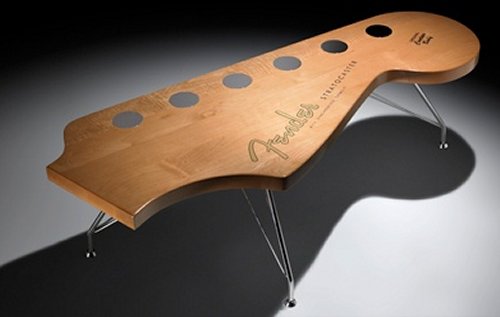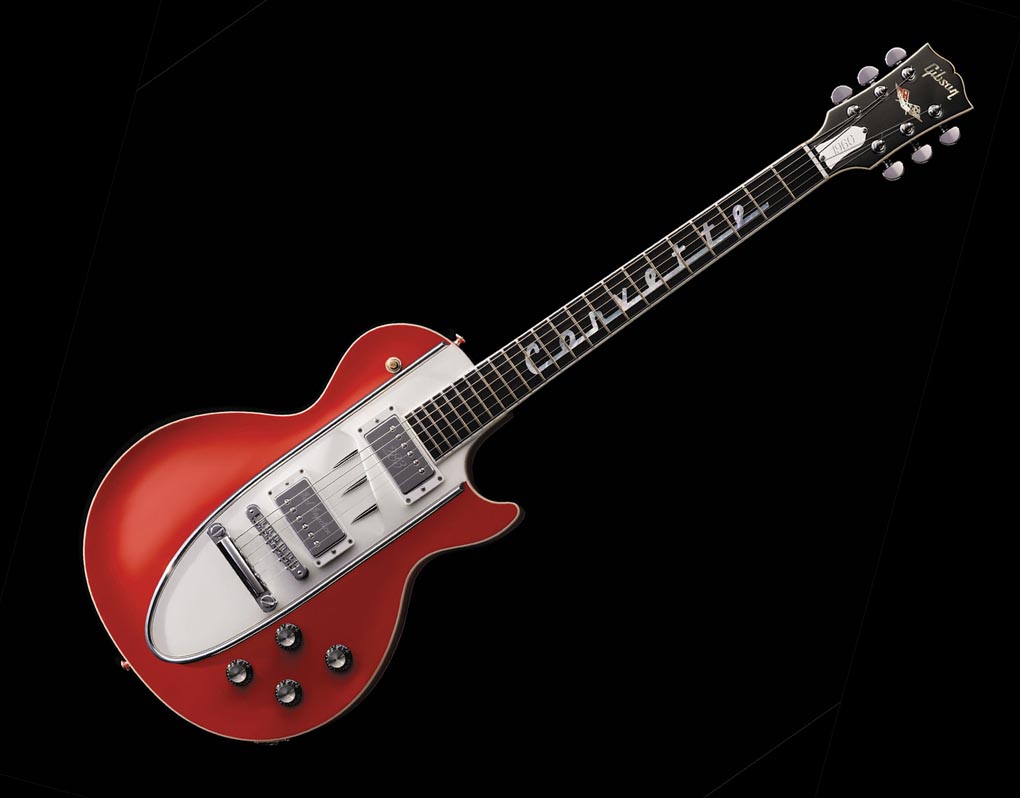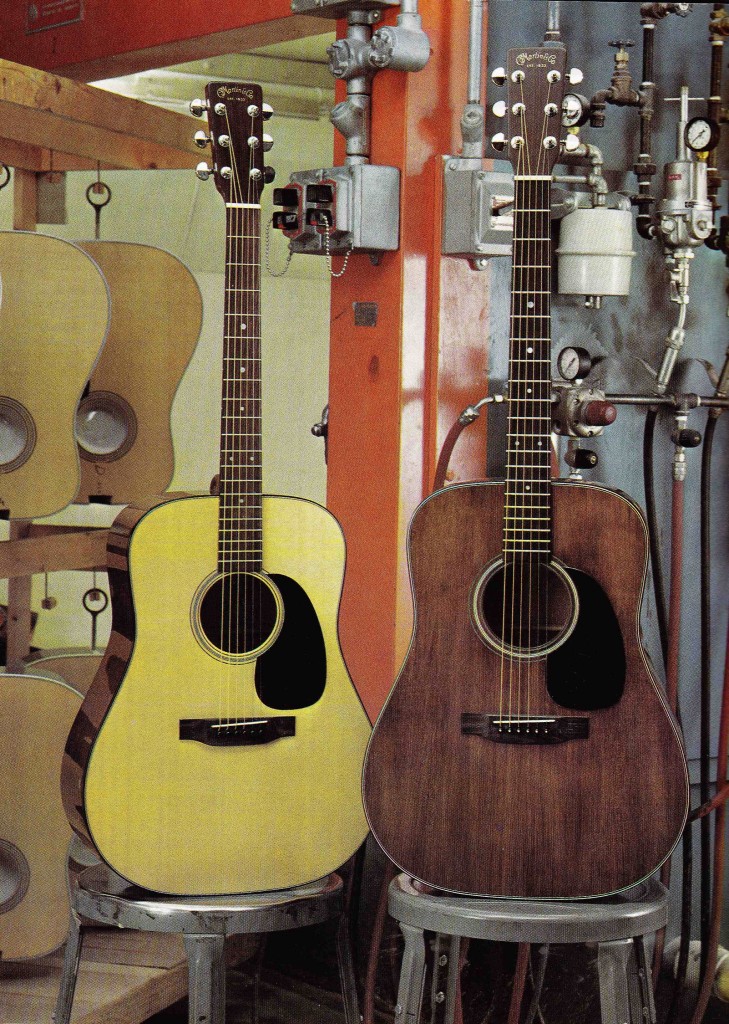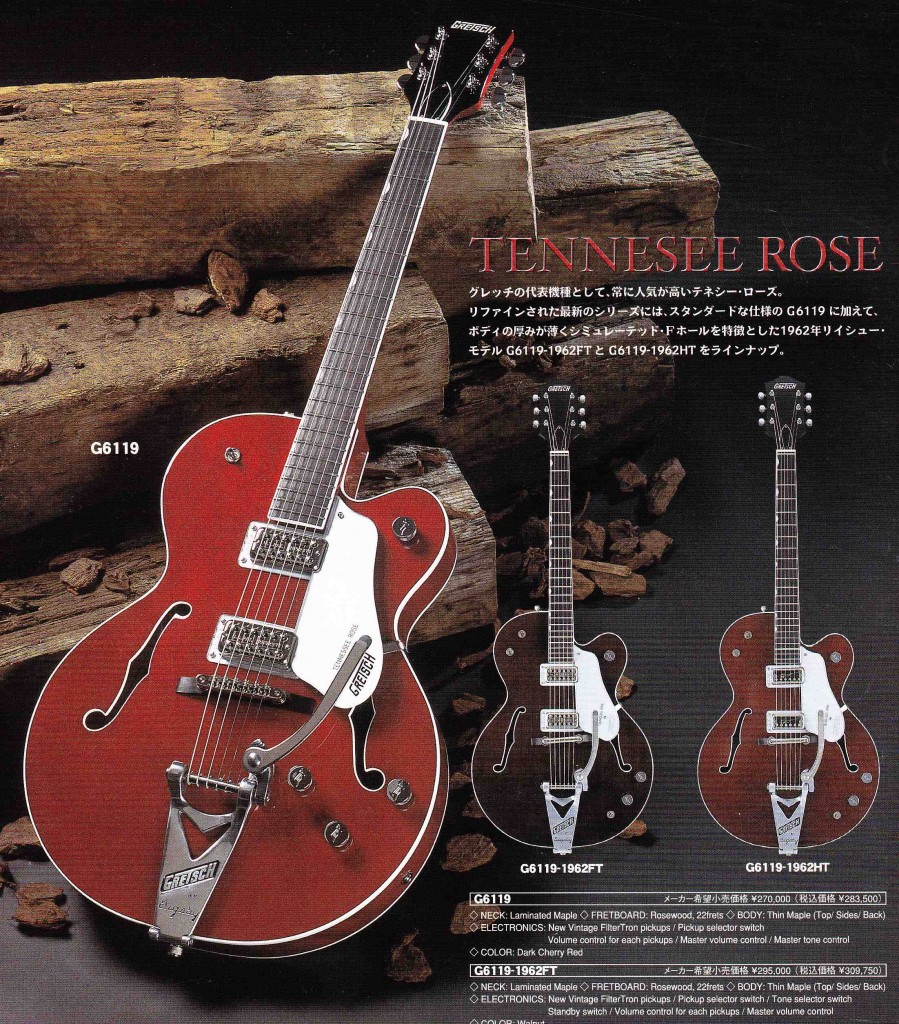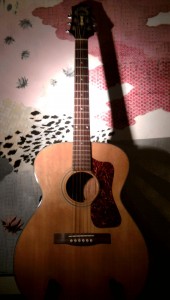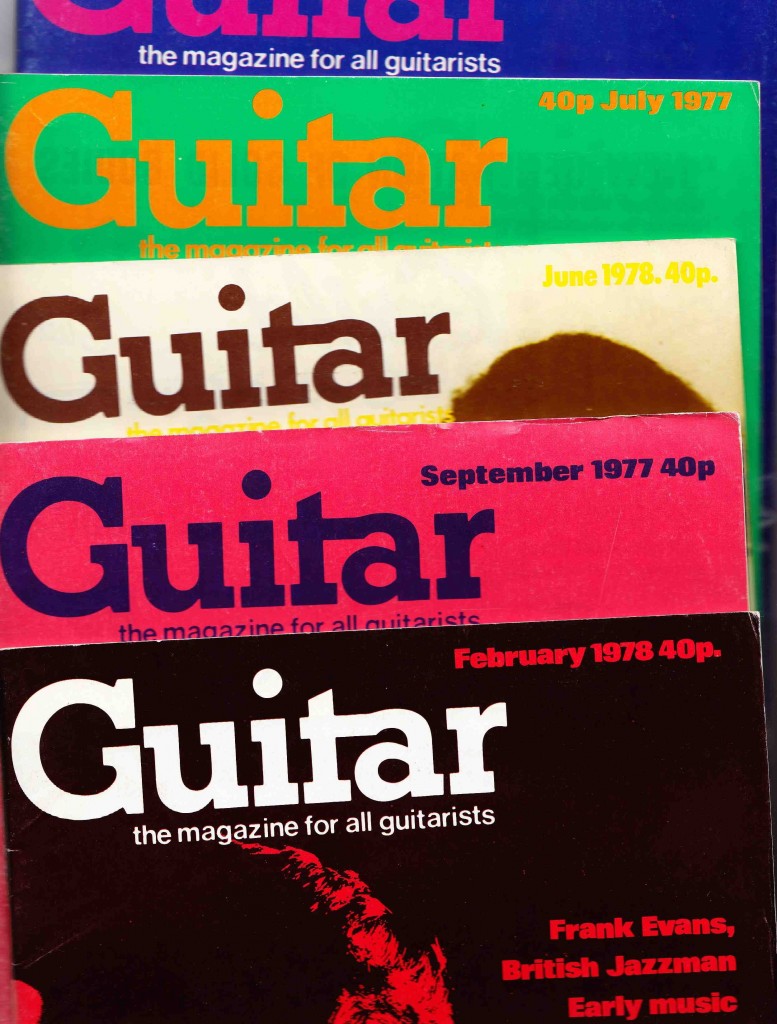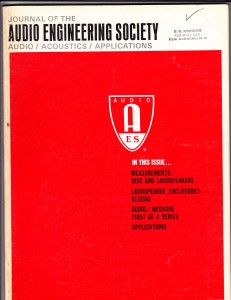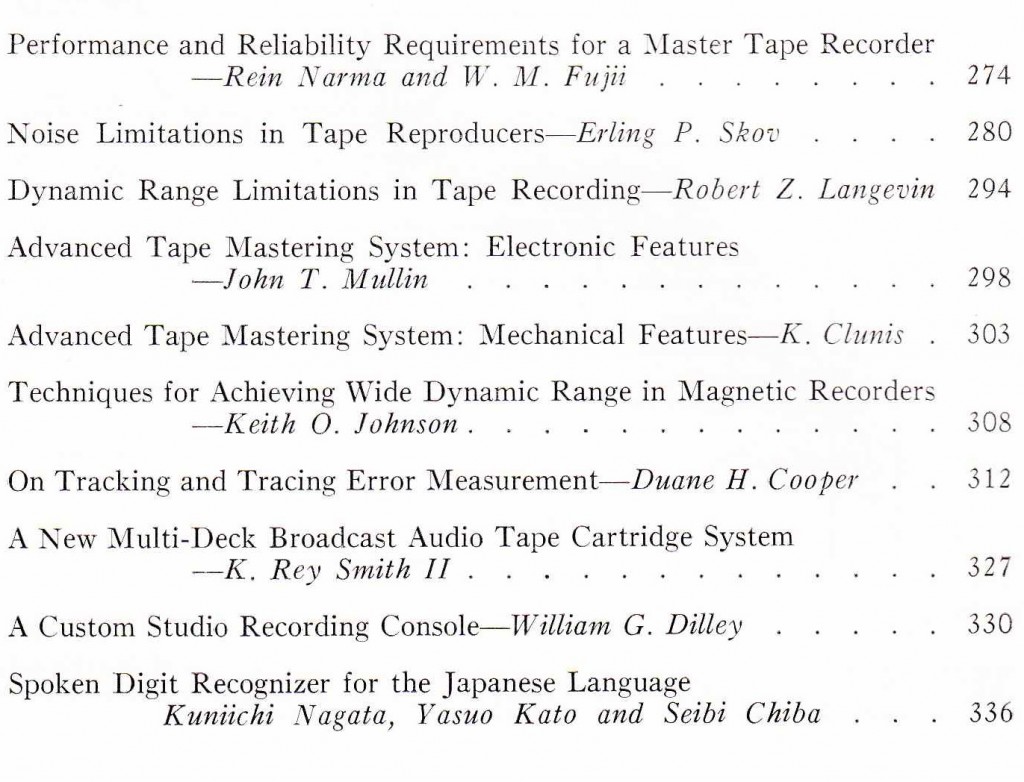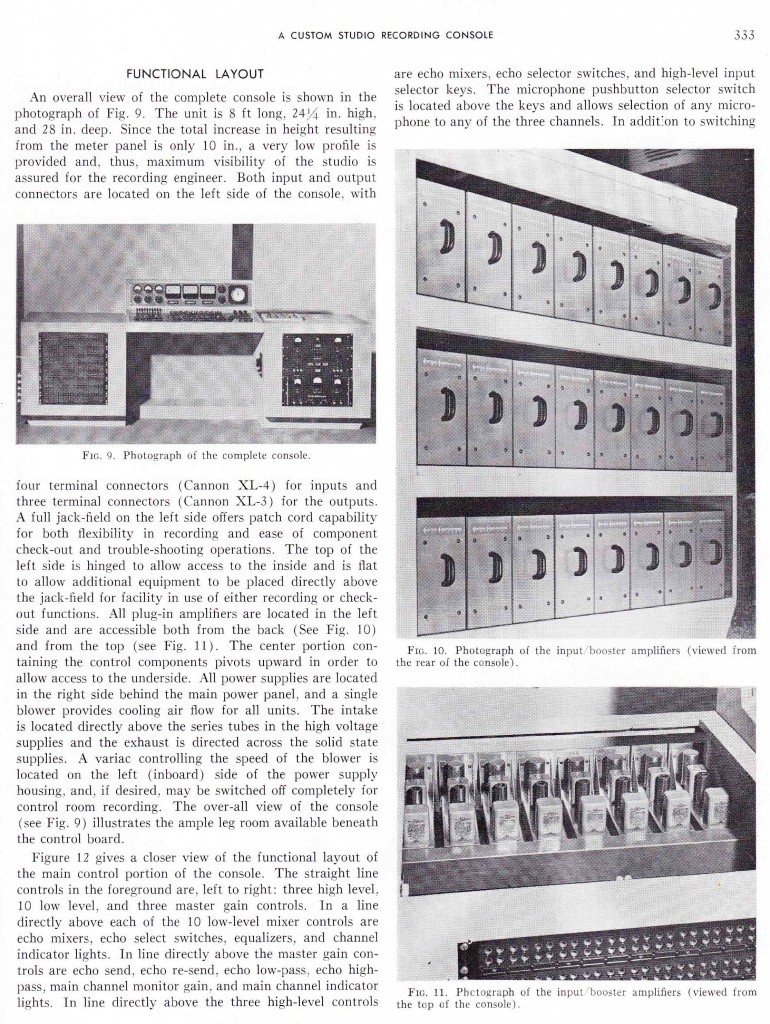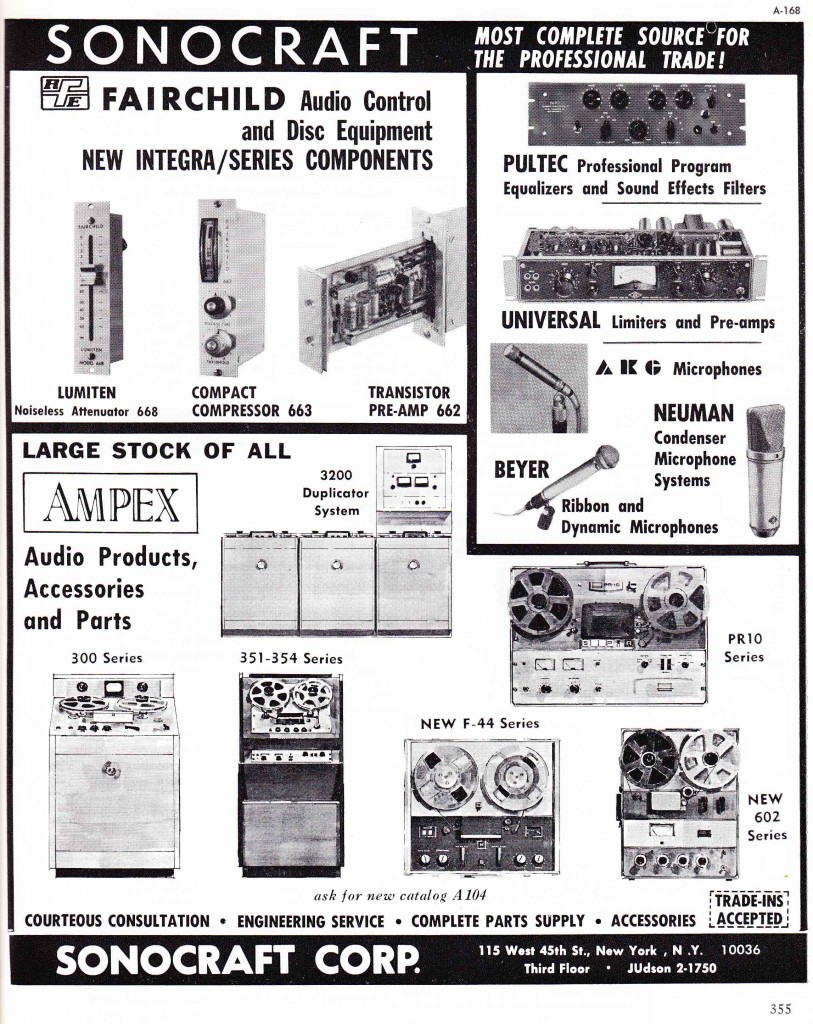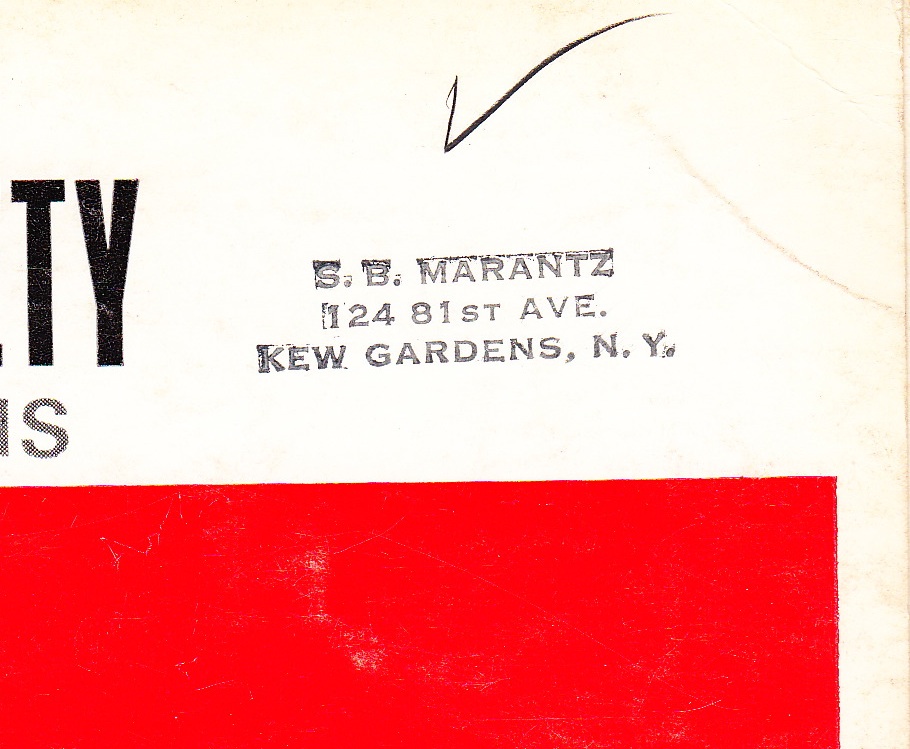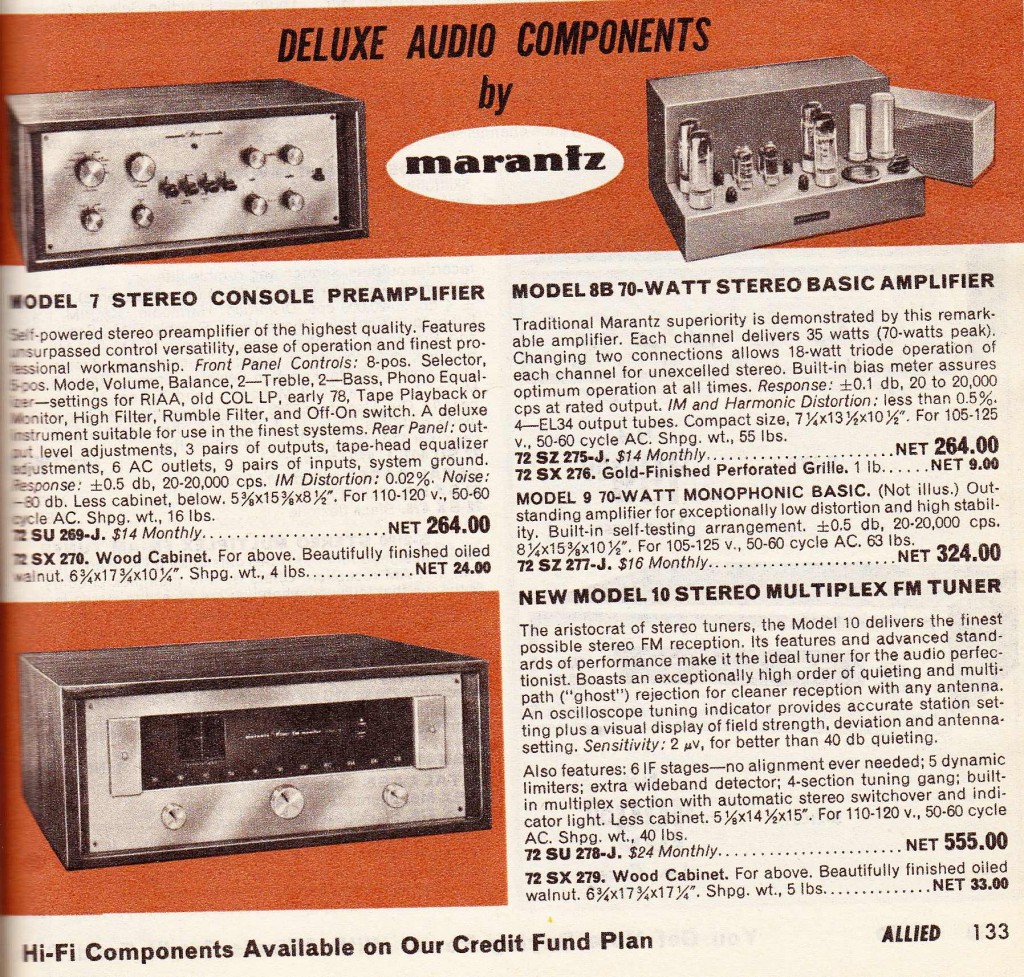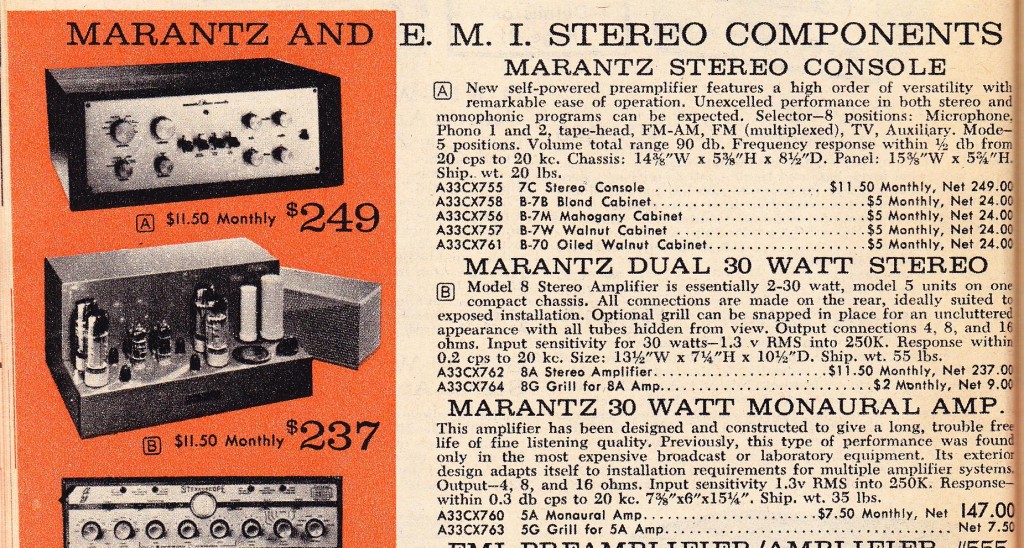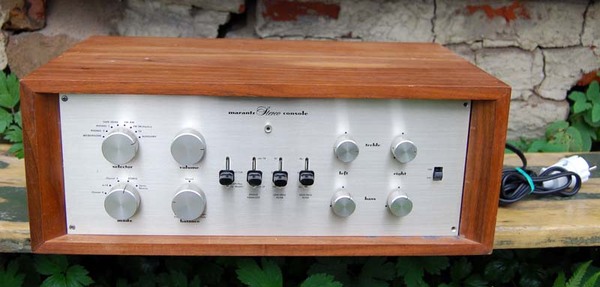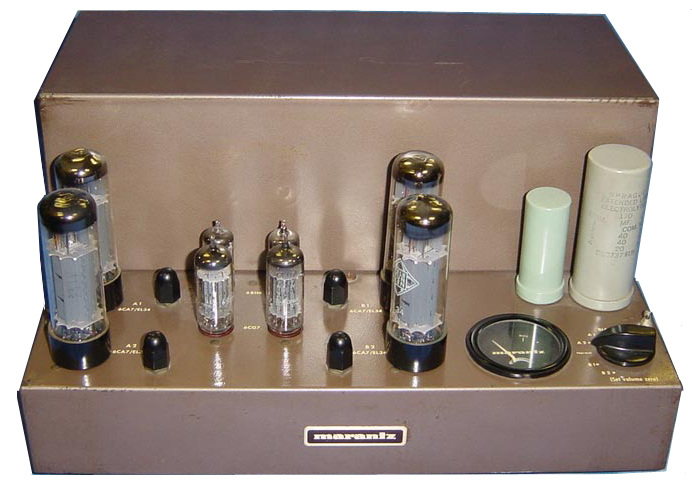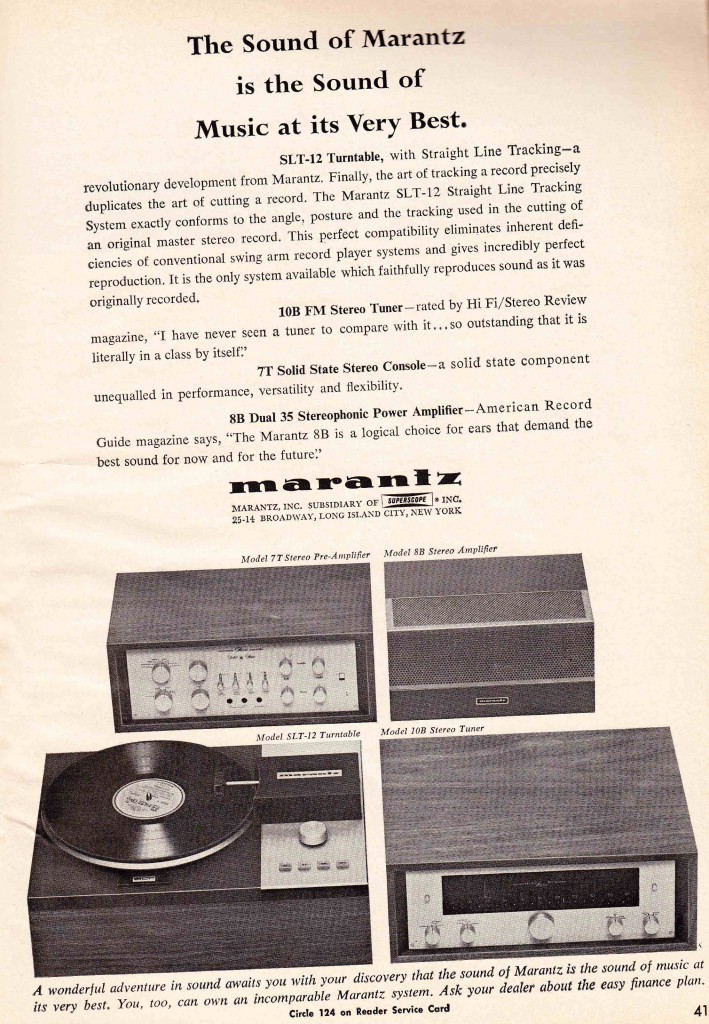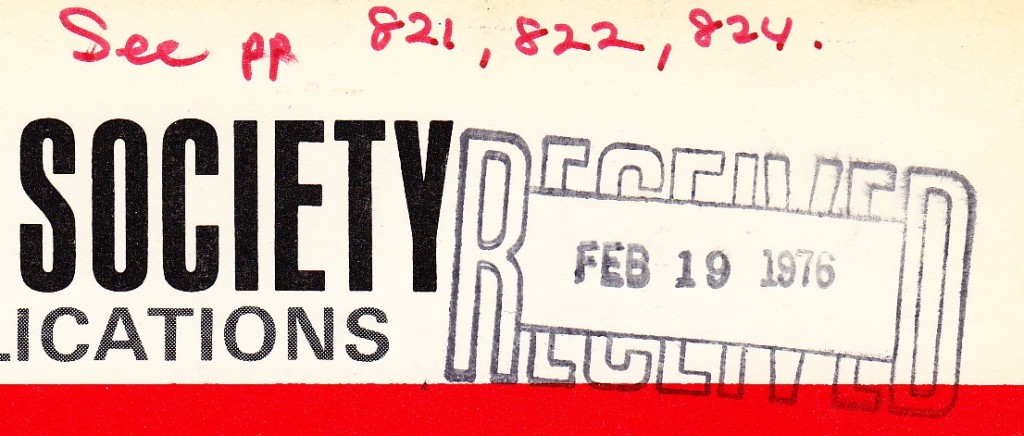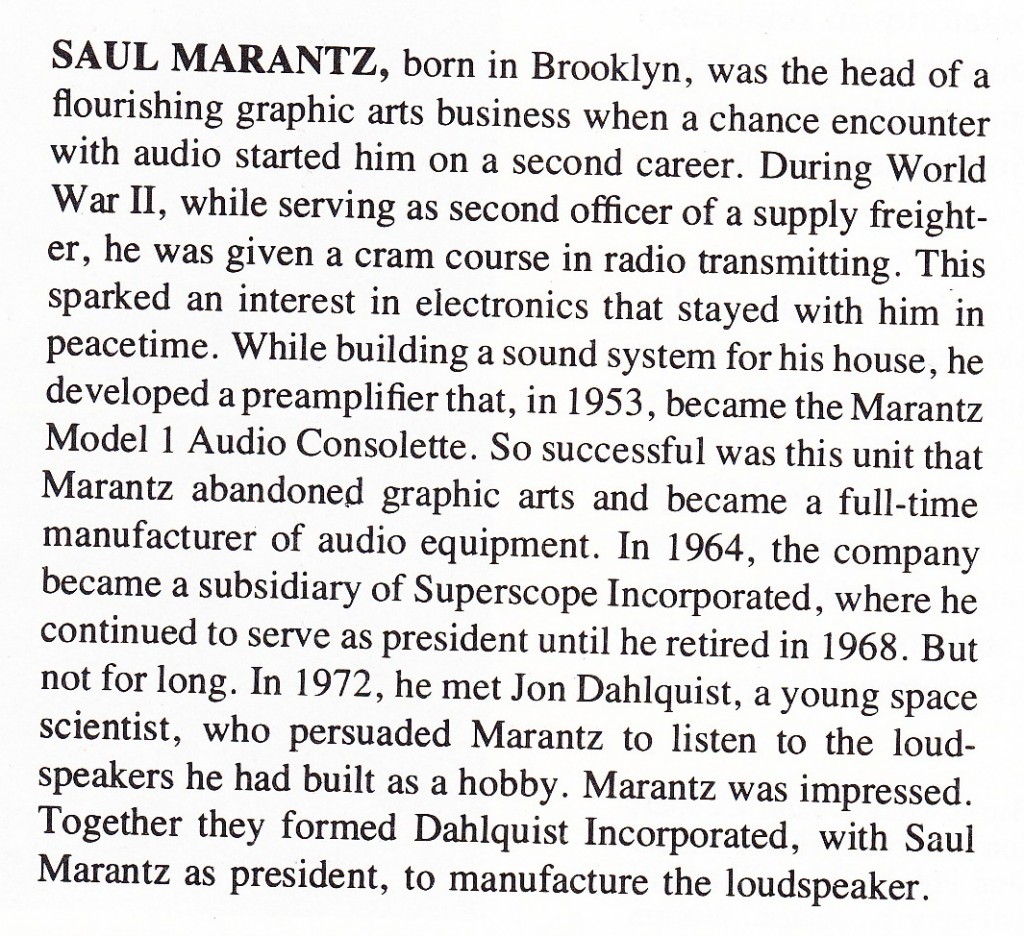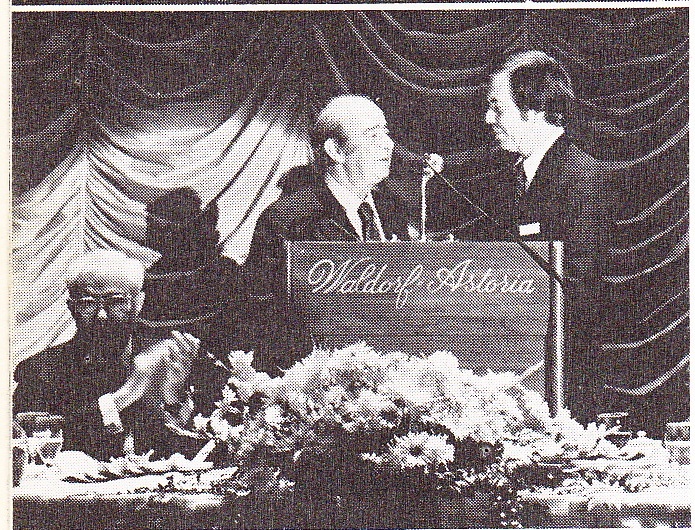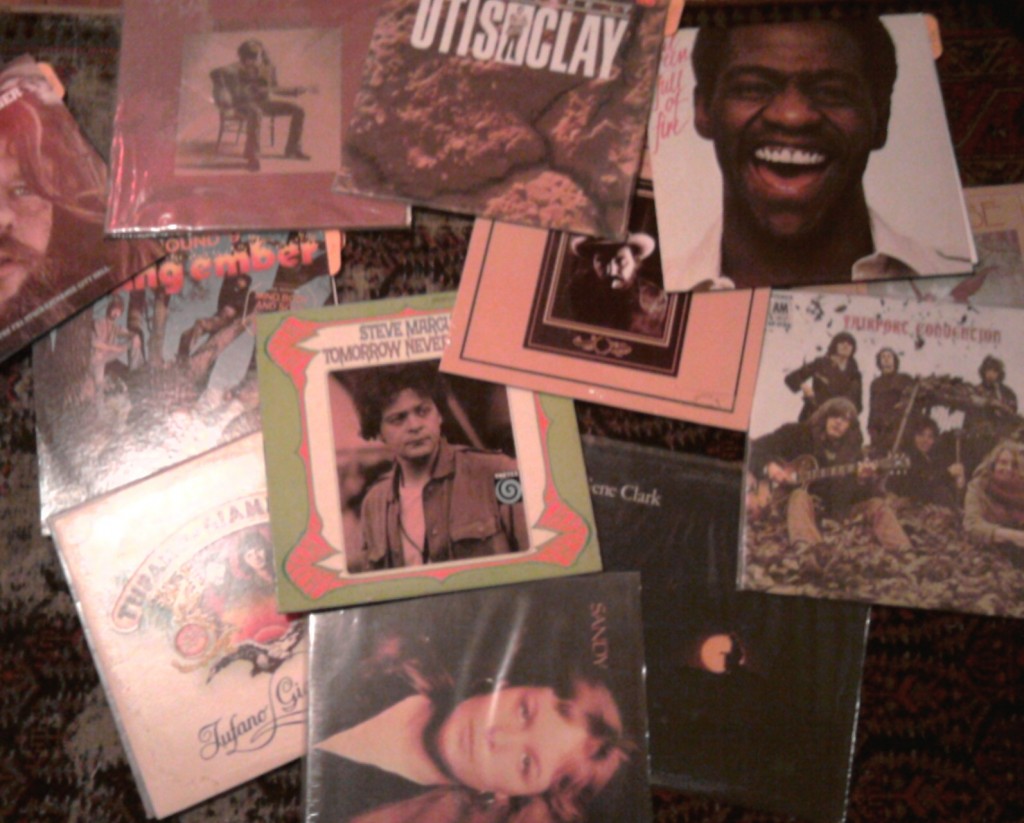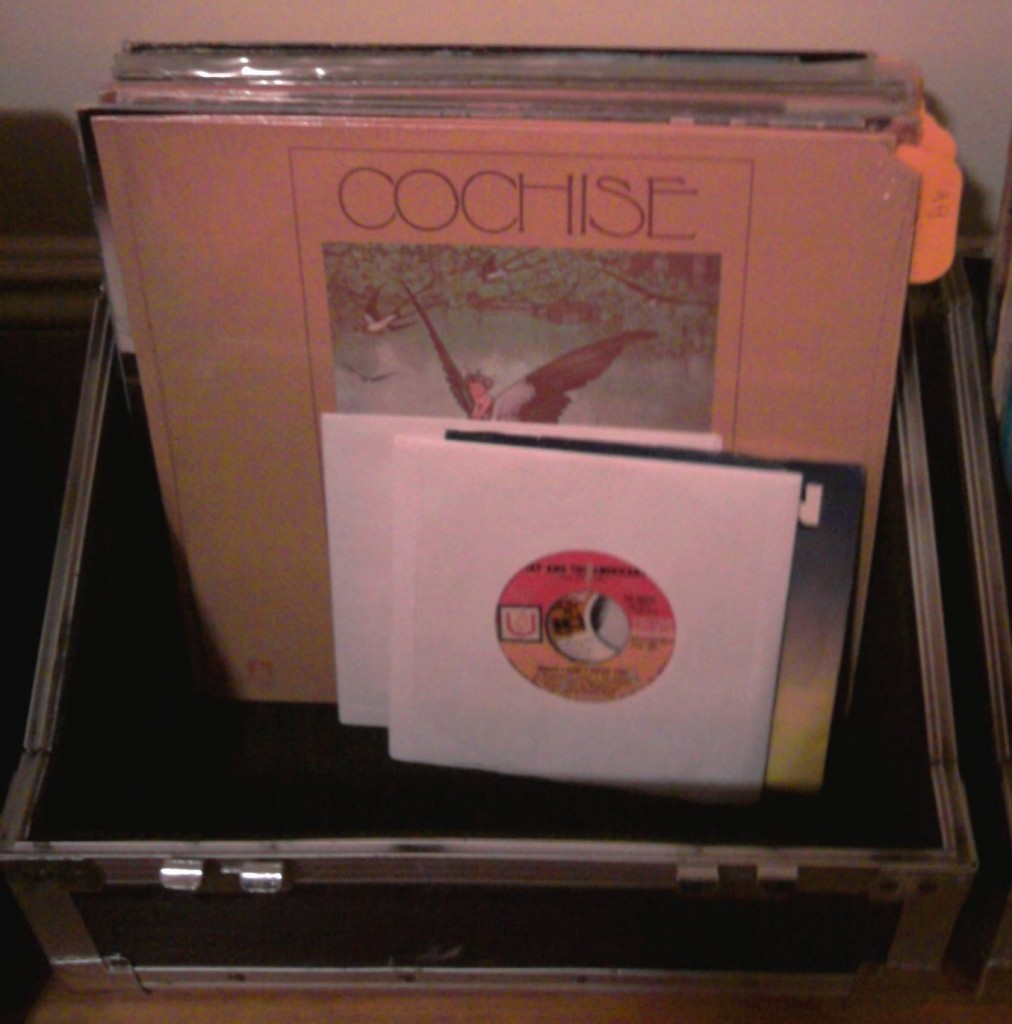How much control over their audio do music-listeners want and need? At the very least, we can agree that they need to be able to turn the sound on and off. Control over volume (level) is probably the next most important thing. But beyond that… what is really necessary, what is really desired, and what is just marketing?
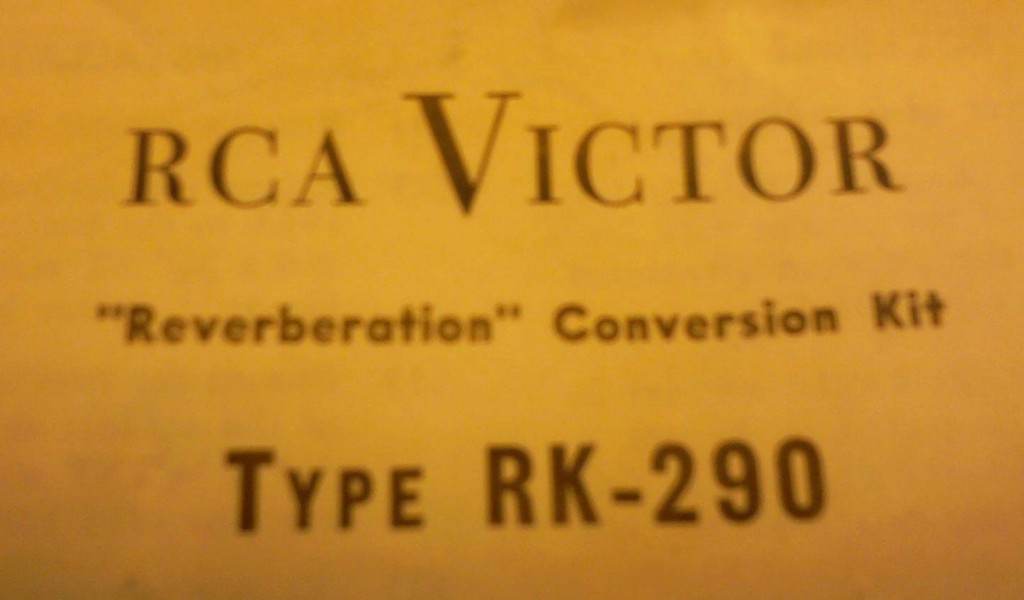
I came across this RCA vacuum-tube reverberation system this past weekend at the flea market. It was new, in the box, never removed from its packaging. Likely an ill-advised Christmas gift from the Eisenhower era. It cost me one dollar.
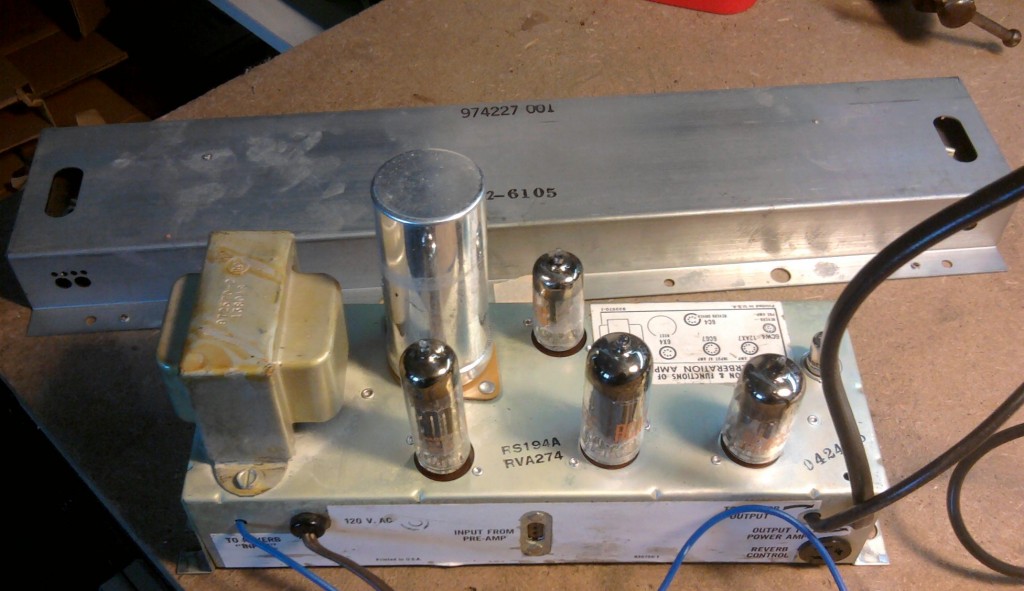
This device was sold as an add-on to certain RCA stereo hi-fi consoles of the late 1950s. Owners of these certain consoles could purchase the unit, open up their console, install a few metal boxes, plug in some cable harnesses… and voila.
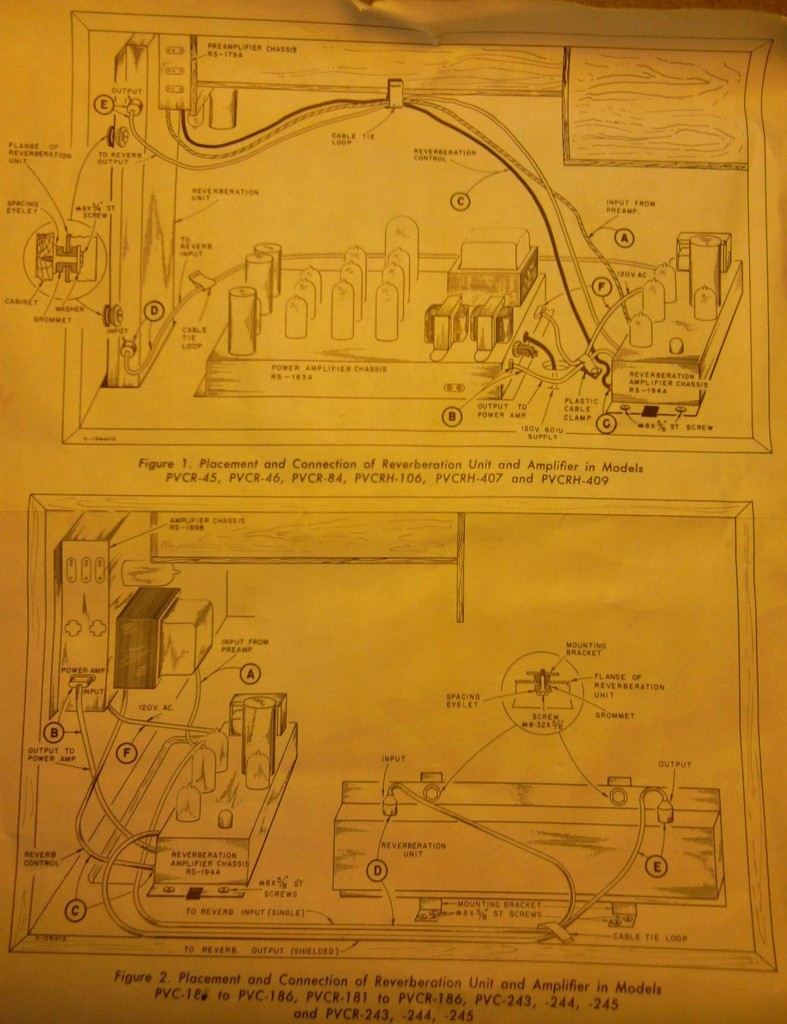
The listener would then be able to selectively add reverb (ie., artificial echo) to whatever audio they were listening to. Overall, the whole operation is about as difficult as installing your own car stereo.
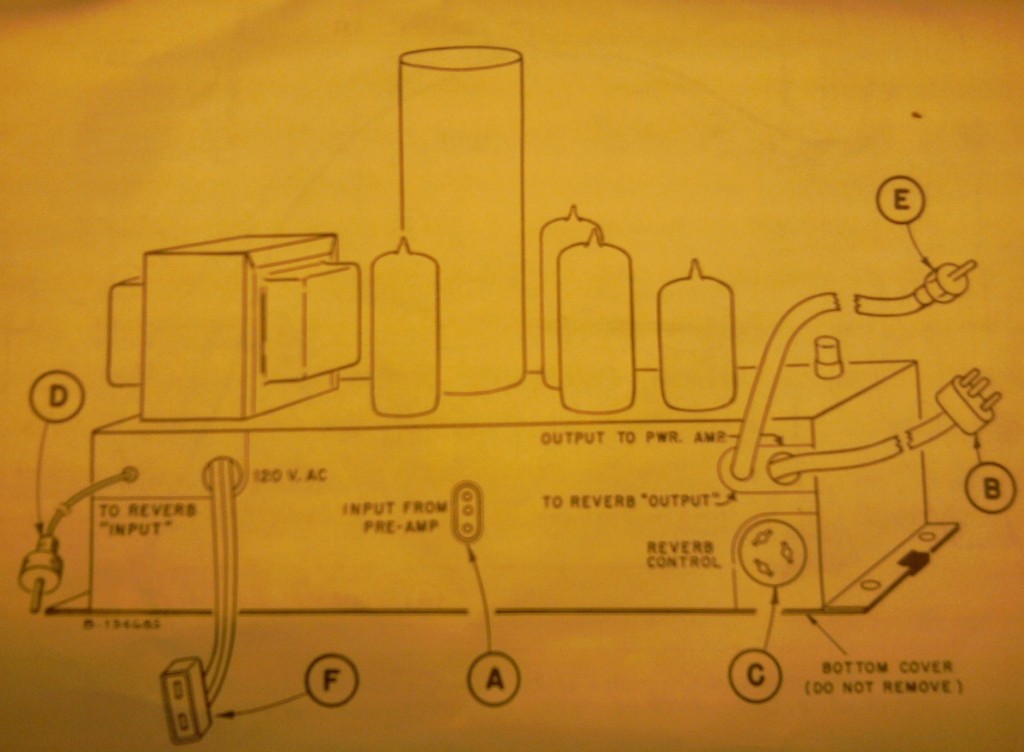
This concept seems patently absurd to me, and i love reverb. I love reverb on my guitar amp, i love the reverb chambers and plug-ins that I use in the studio… but the idea of adding reverb to a recording which has already been mixed a certain way… it simply would never cross my mind.
Getting back to my earlier line: beyond on/off and level, what do we really want/need as audio listeners? Someone decided a very long time ago that Bass and Treble control was pretty much a necessity, and there knobs (or sub-menus, as the case may be) have graced pretty much every audio amplifier since.
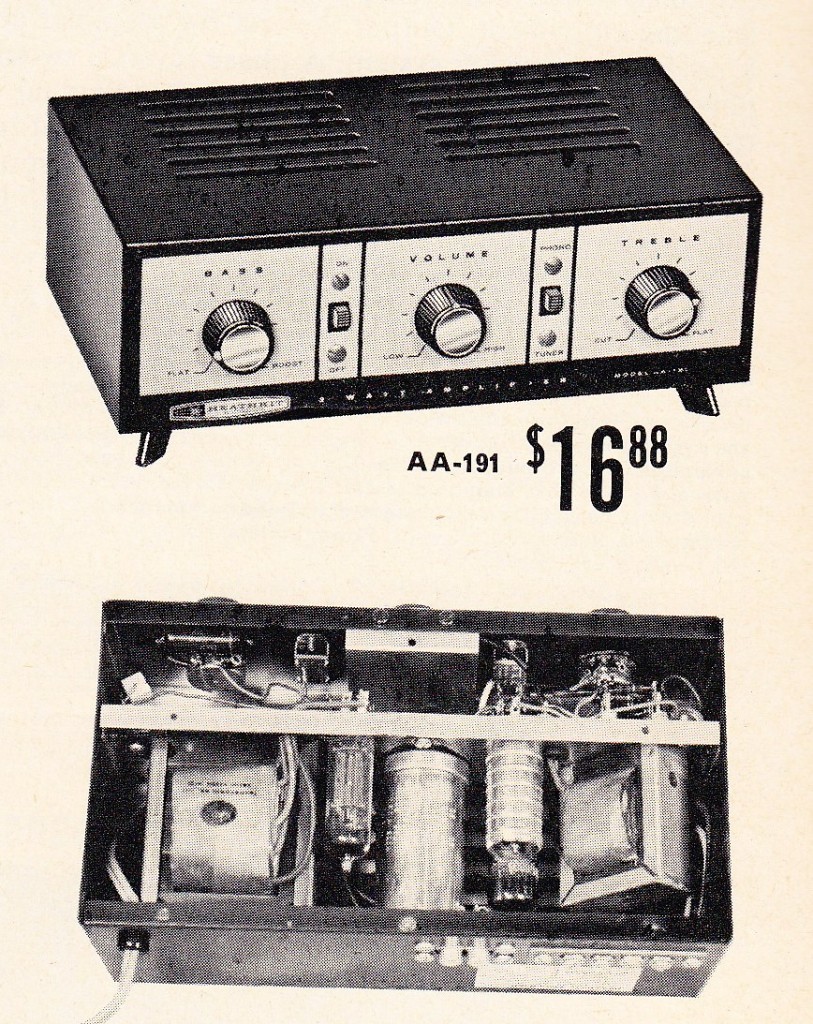
These controls were originally marketed as a solution for ‘poor room acoustics.’ Really? It seems a little fishy to me. If I go into a room that is bright-sounding, do I attempt to speak in a bassier-voice? Used properly, there is no harm i suppose. OK so Bass and Treble (note the convenient binary; also the reference to the musical staffs) seem alright.
So once we’ve given listeners control over the relative amounts of low-and-high frequencies, the next thing that manufacturers introduced were these reverberation units. And they made them for everything. Hell, they even made them for CARS.

(web source)
So weird. Here’s a few 1970’s Japanese-made units. This was clearly not a short-lived craze.
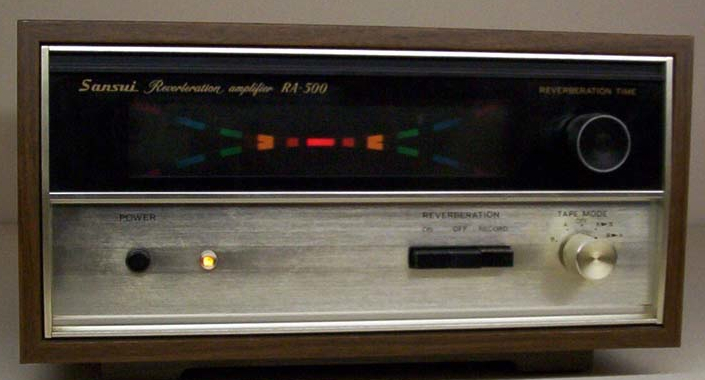

(web sources)
So we’ve given listeners the ability to control frequency response. We’ve given them the ability to manipulate the apparent size of the space in which the recording took place. What’s next? In the 1970s, the DBX corporation sold hundreds of thousands of units just like this.
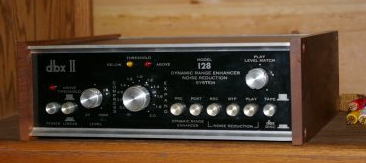 (web source)
(web source)
A dynamic-range controller for home audio listening. Now consumers could elect to give their recordings more dynamic range (IE more volume difference between loud peaks and quiet passages). The stated intent of this was to make up for all the dynamic range that is ‘lost’ in the recording process. Really? I am pretty sure that whoever recorded that album was conscious of the dynamics that were present. Why mess with it? Anyhow, certain of these DBX units could also compress the source material. IE., give the audio LESS dynamic range.
Equalization control and artificial reverb augmentation still exist in most home audio amps today.
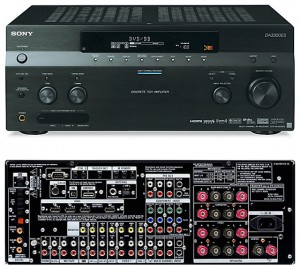
They have renamed the reverb control as ‘sound space’ or something like that, but it’s the same idea. ‘Take an audio signal and put it in a different space.’ The do-it-yourself dynamics processors seem to have been largely phased out though. I don’t consider myself an audio purist, but there is something about all of these devices that really seems nonsensical to me. Overall i get the feeling that designers ran out of knobs to put on the boxes, so they had to make new boxes and populate them with more knobs.
There’s one more angle that i’d like to consider: So over the years, consumers have been given the 3 main types of audio processing that recording engineers have used in the studio for 60 or more years: those 3 categories are *frequency balance, *ambience, and *dynamics. In the past 20 years, though, recording engineers have been given tremendous new control capability due to Digital Audio Workstations, e.g., Protools. What could this mean for consumer hardware? Will audio waveform editing, time compression/expansion, and automation control soon be available in consumer audio hardware? Is it already?
Does anyone actively engage with the ‘sound-space’ controls on their Hi-Fi receiver? Are they useful?
 Selmer was not the only firm to offer an ‘electric saxophone’ kit. I have owned a few that VOX marketed as well. Basically these devices offer combinations of various primitive sound effects, from distortion, filtering and reverb, up to actual monophonic pitch-tracking. Some of the effects that you can get with these things are pretty radical (literally). Check out the earlier Steve Douglas post for an example.
Selmer was not the only firm to offer an ‘electric saxophone’ kit. I have owned a few that VOX marketed as well. Basically these devices offer combinations of various primitive sound effects, from distortion, filtering and reverb, up to actual monophonic pitch-tracking. Some of the effects that you can get with these things are pretty radical (literally). Check out the earlier Steve Douglas post for an example.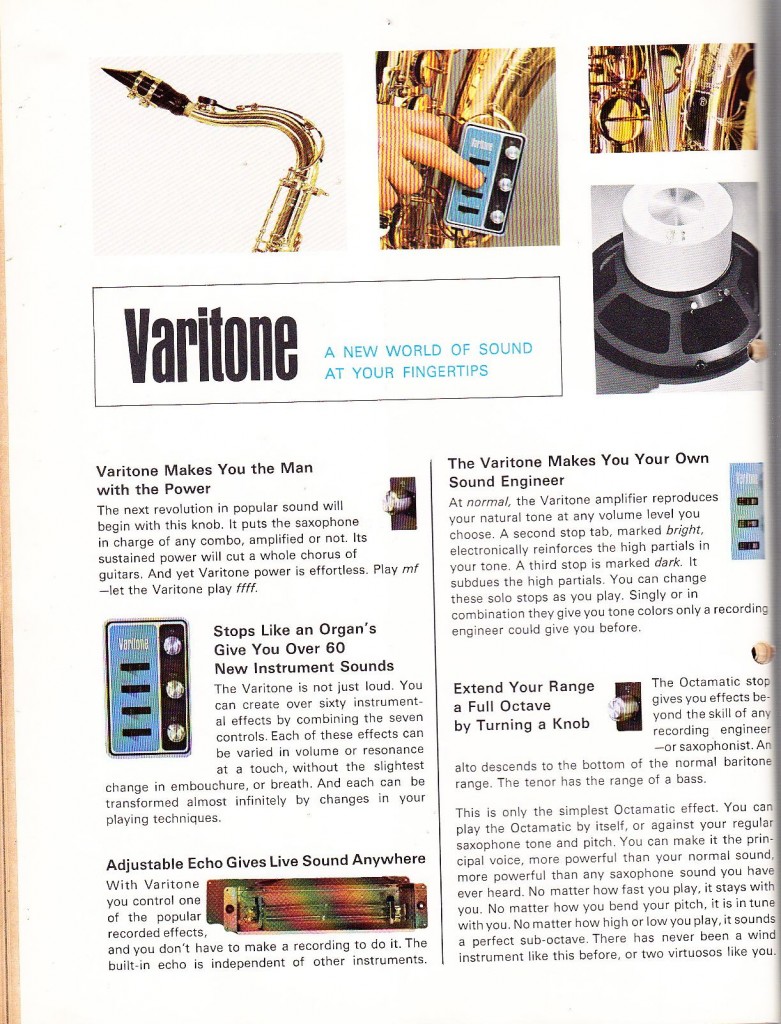 Along the same lines, here’s a slightly later offering from Maestro, the effects division of Gibson Musical Instruments.
Along the same lines, here’s a slightly later offering from Maestro, the effects division of Gibson Musical Instruments.